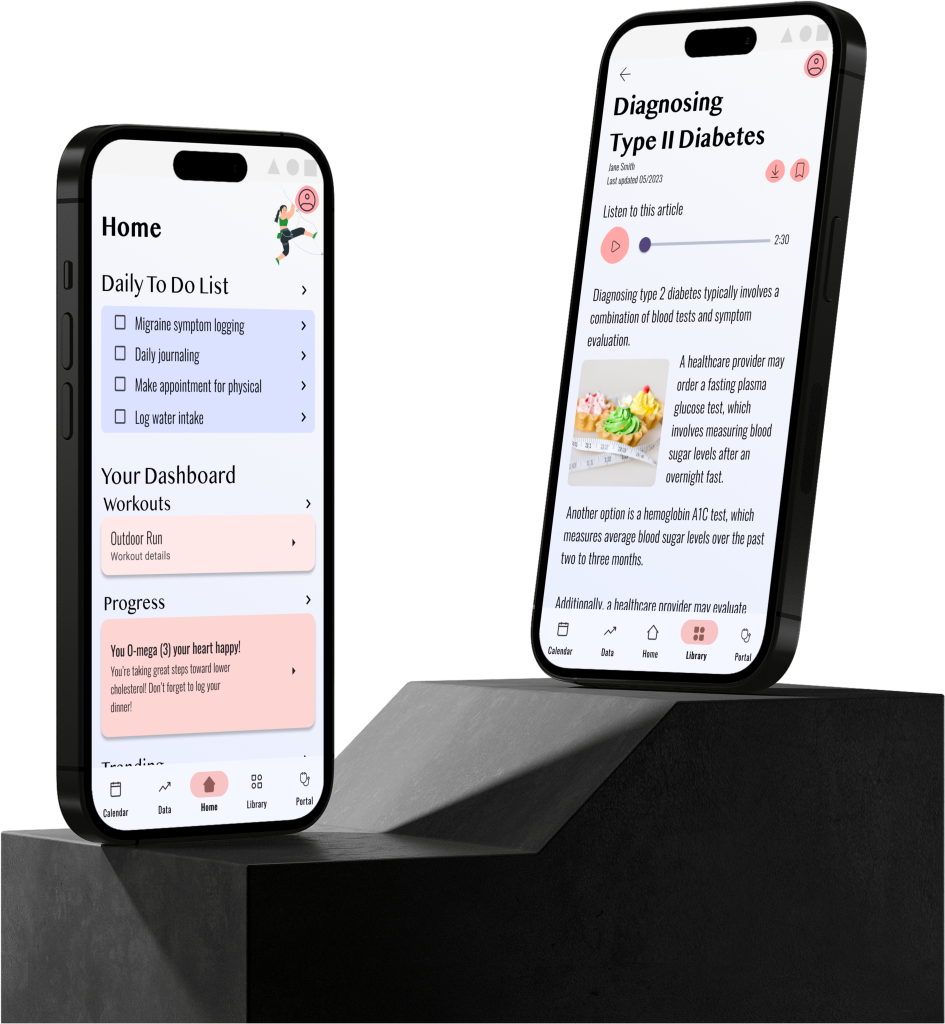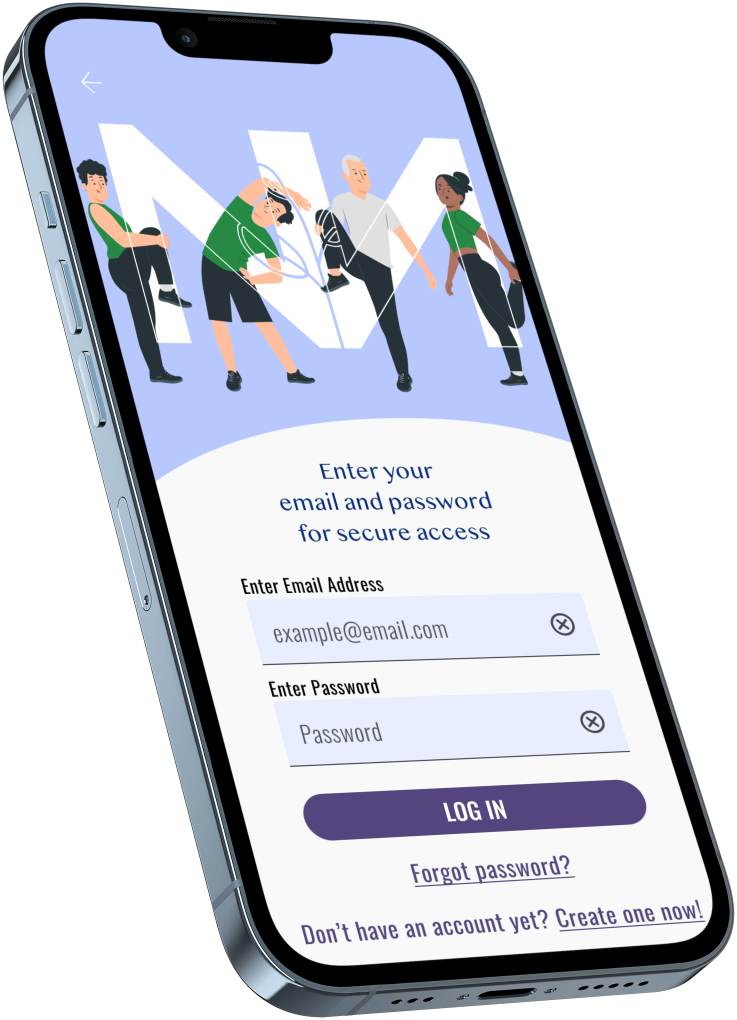Nurture Your Nature
Responsive Web App
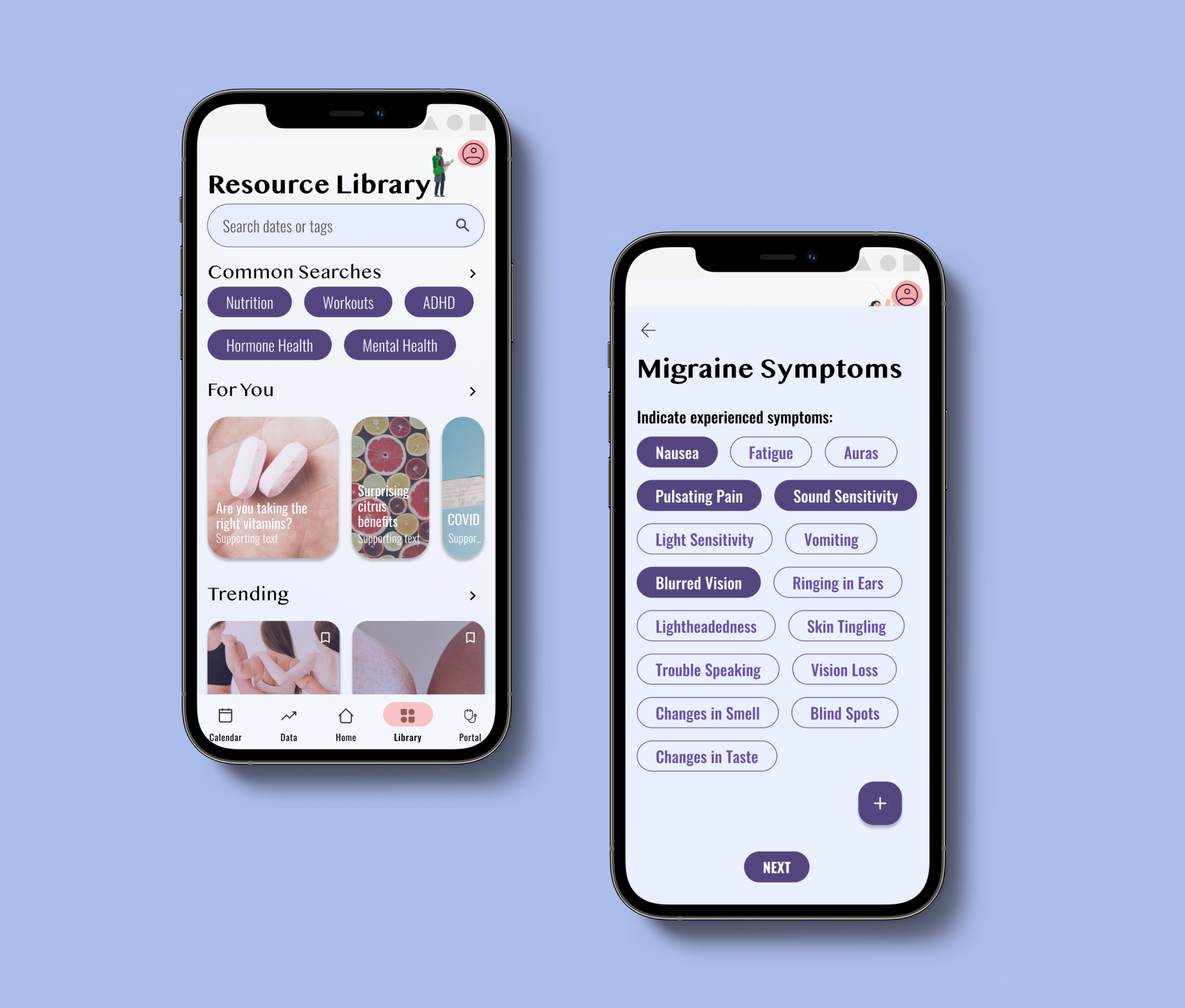

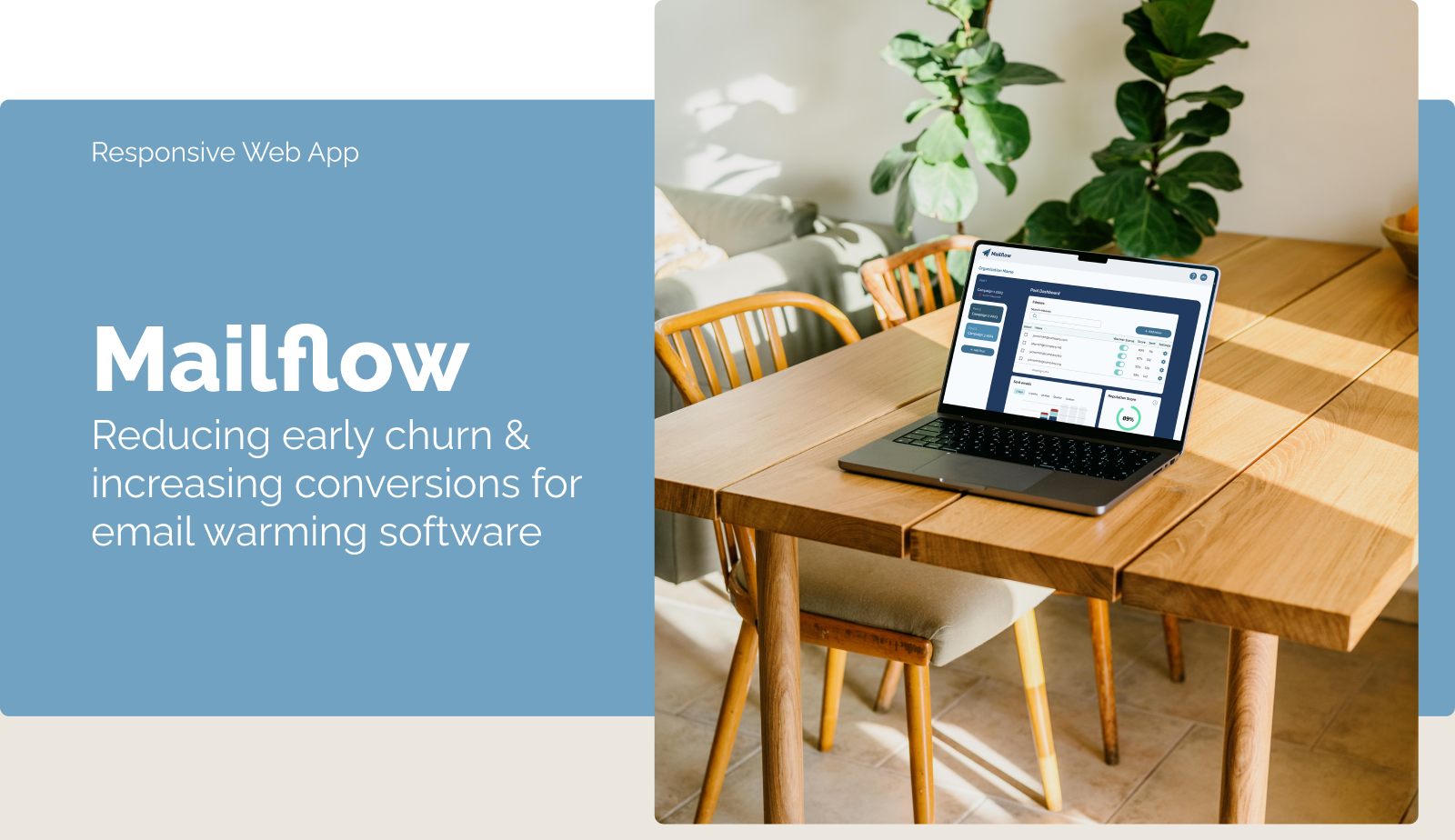
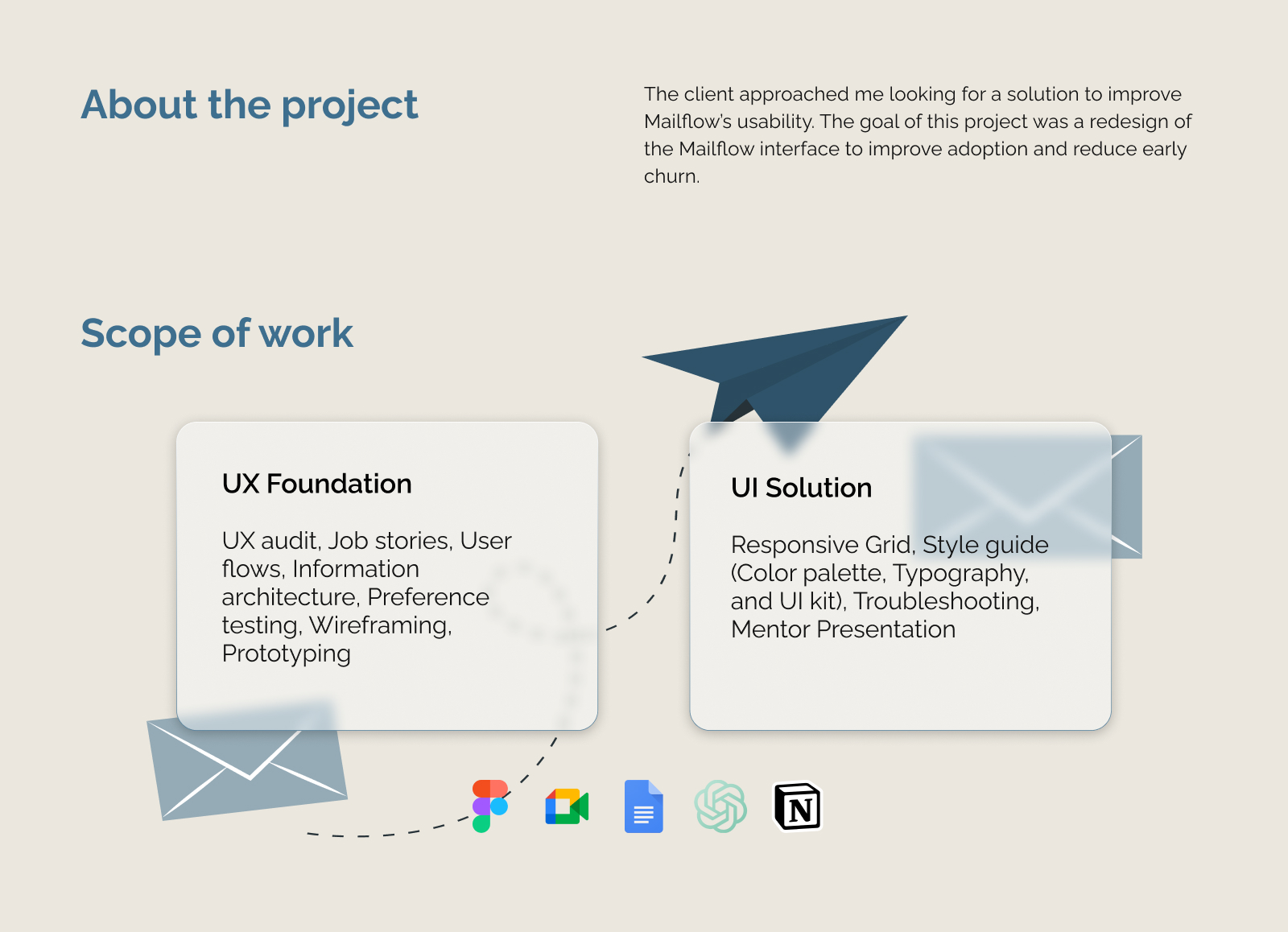
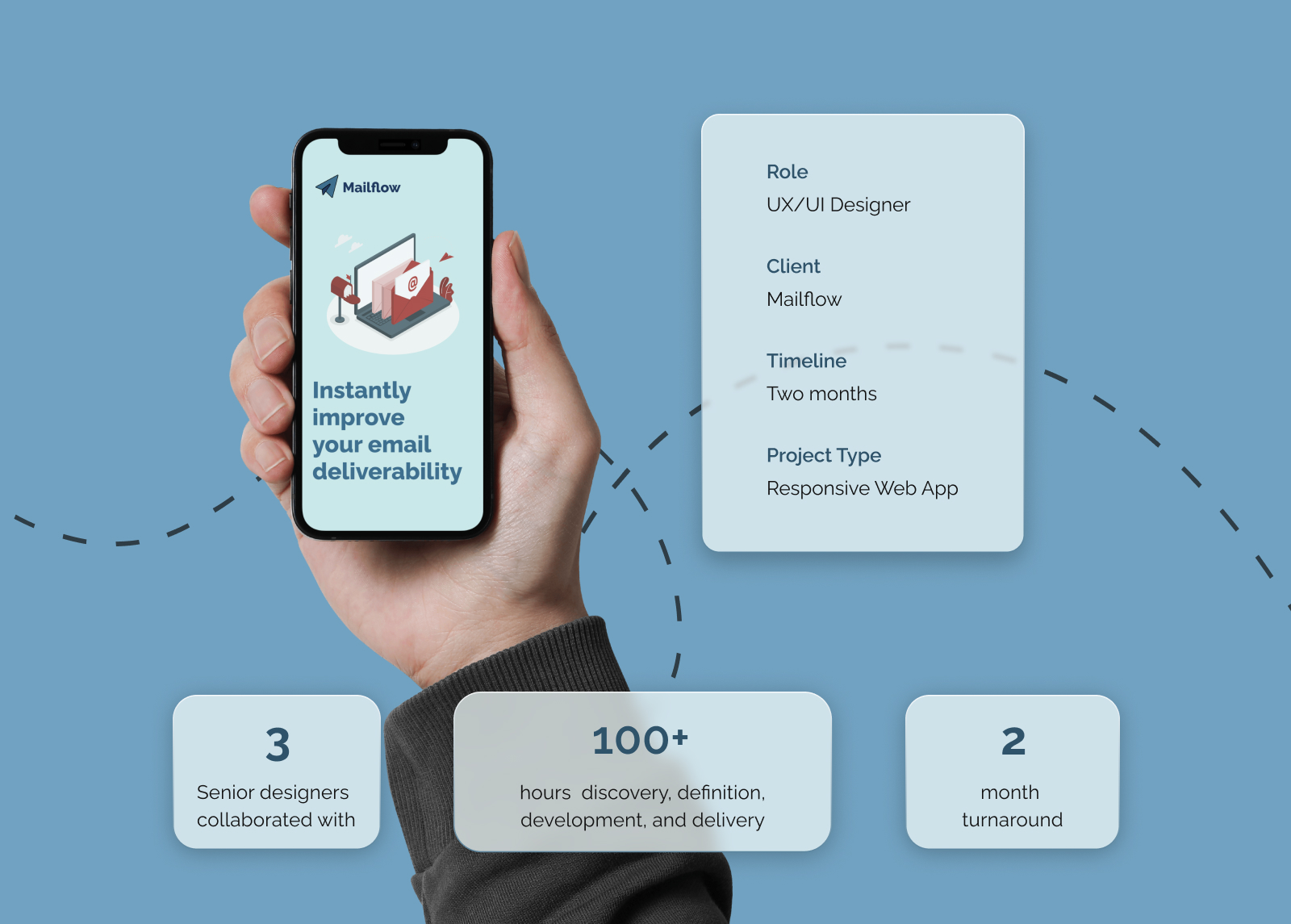
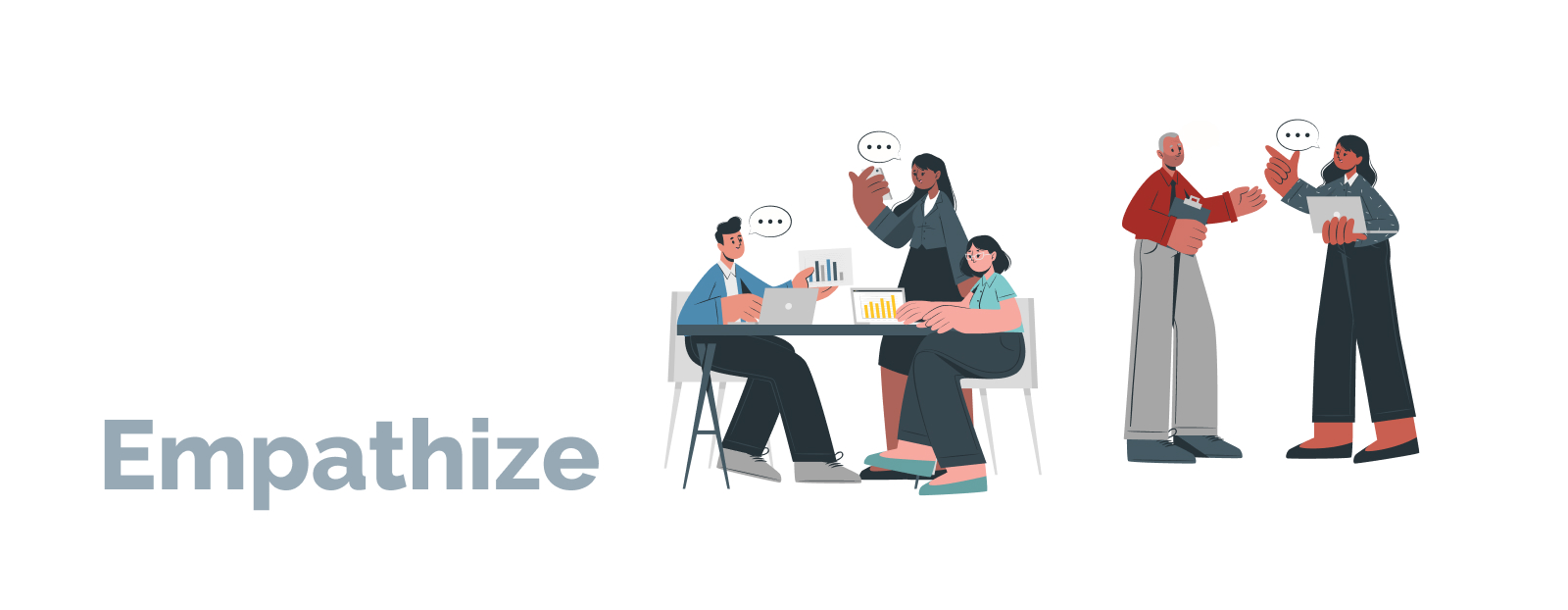
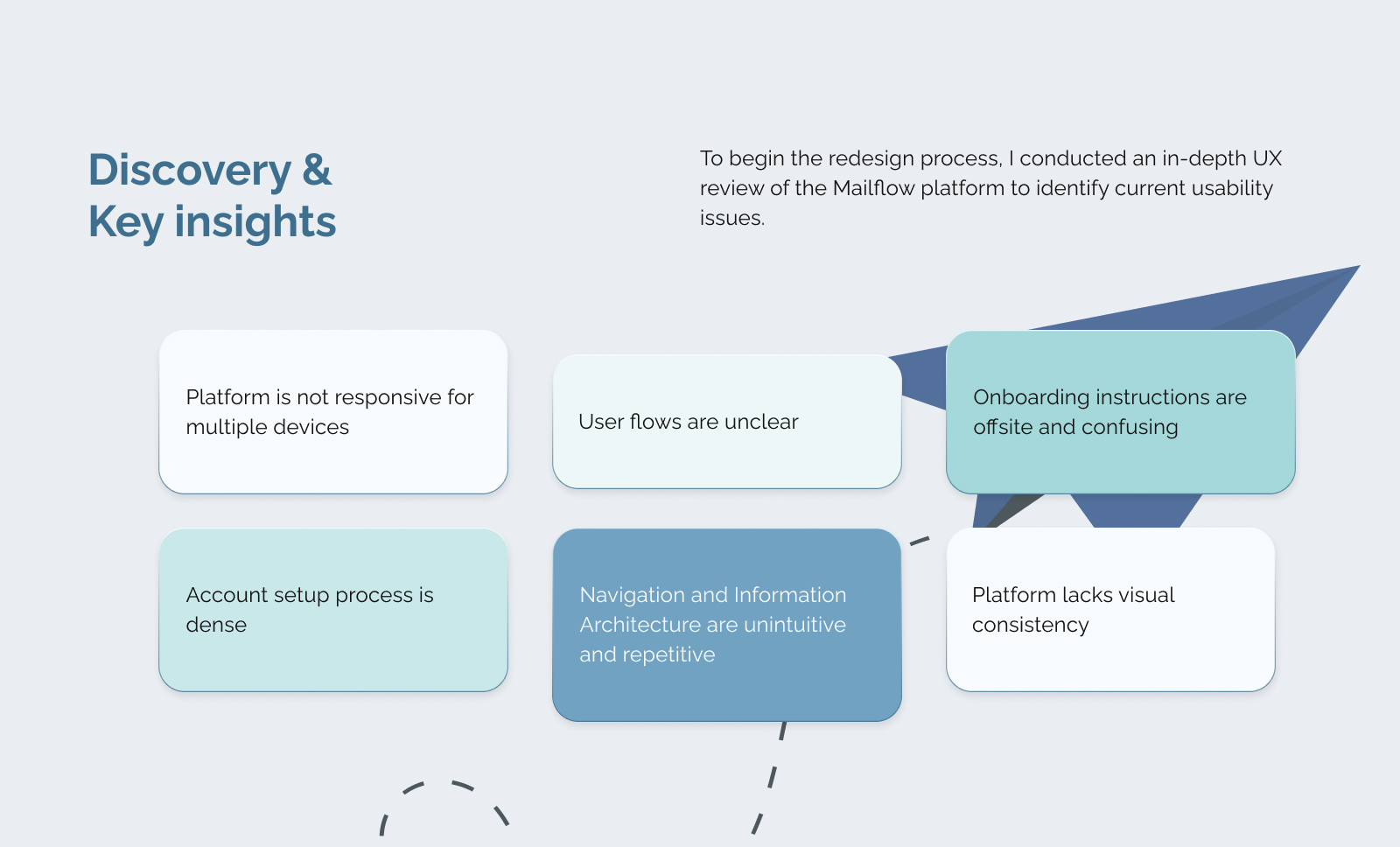
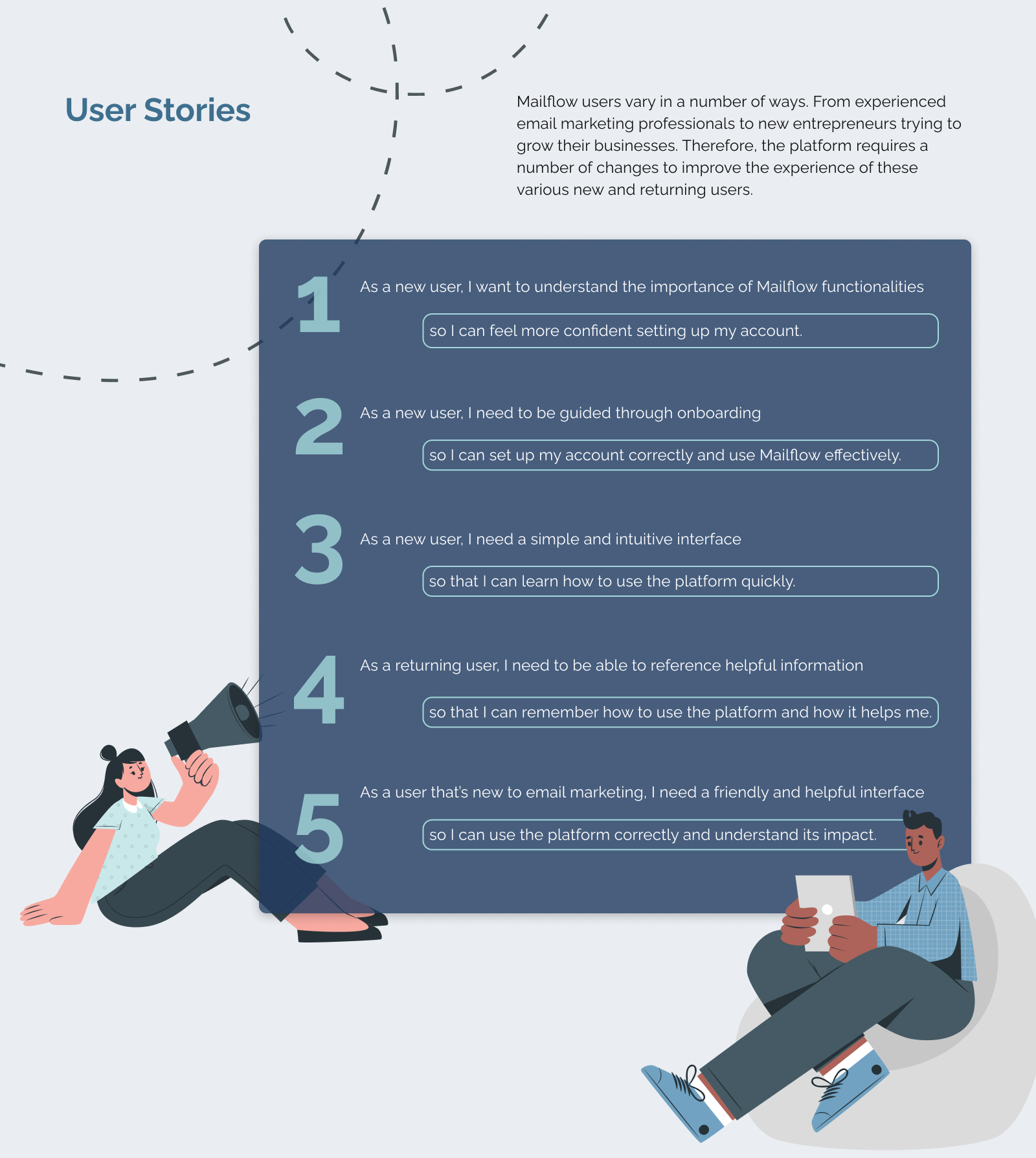
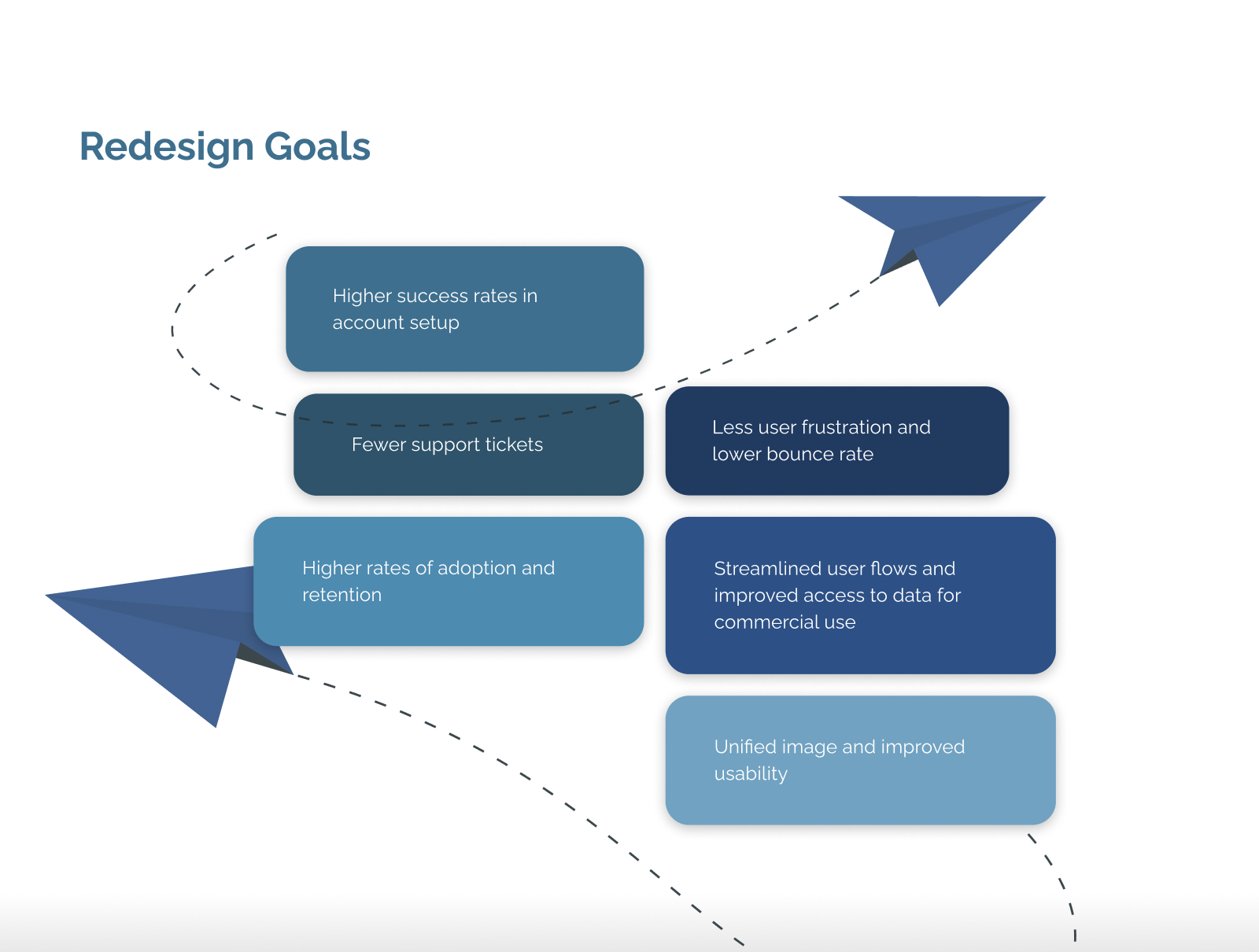
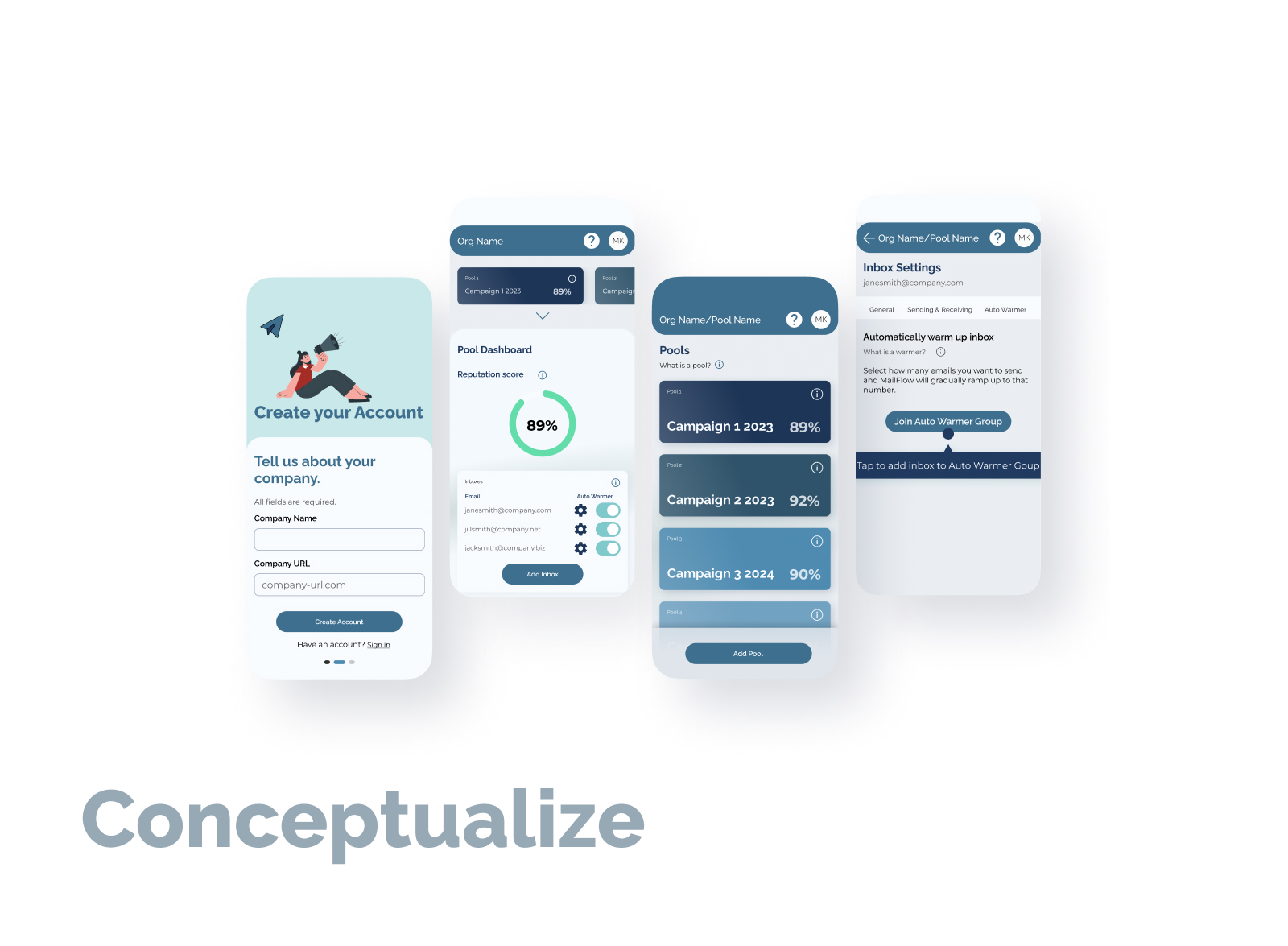
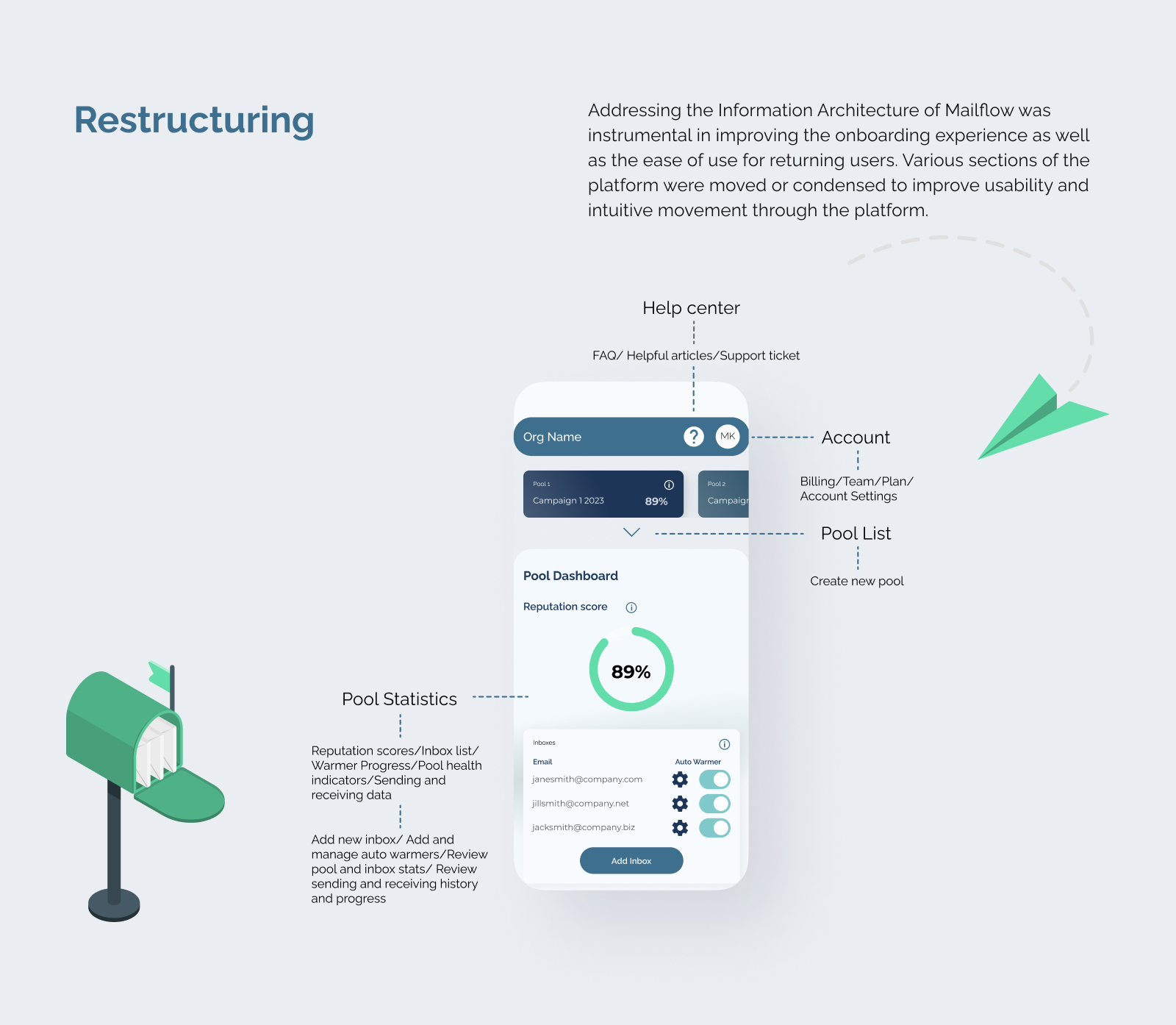
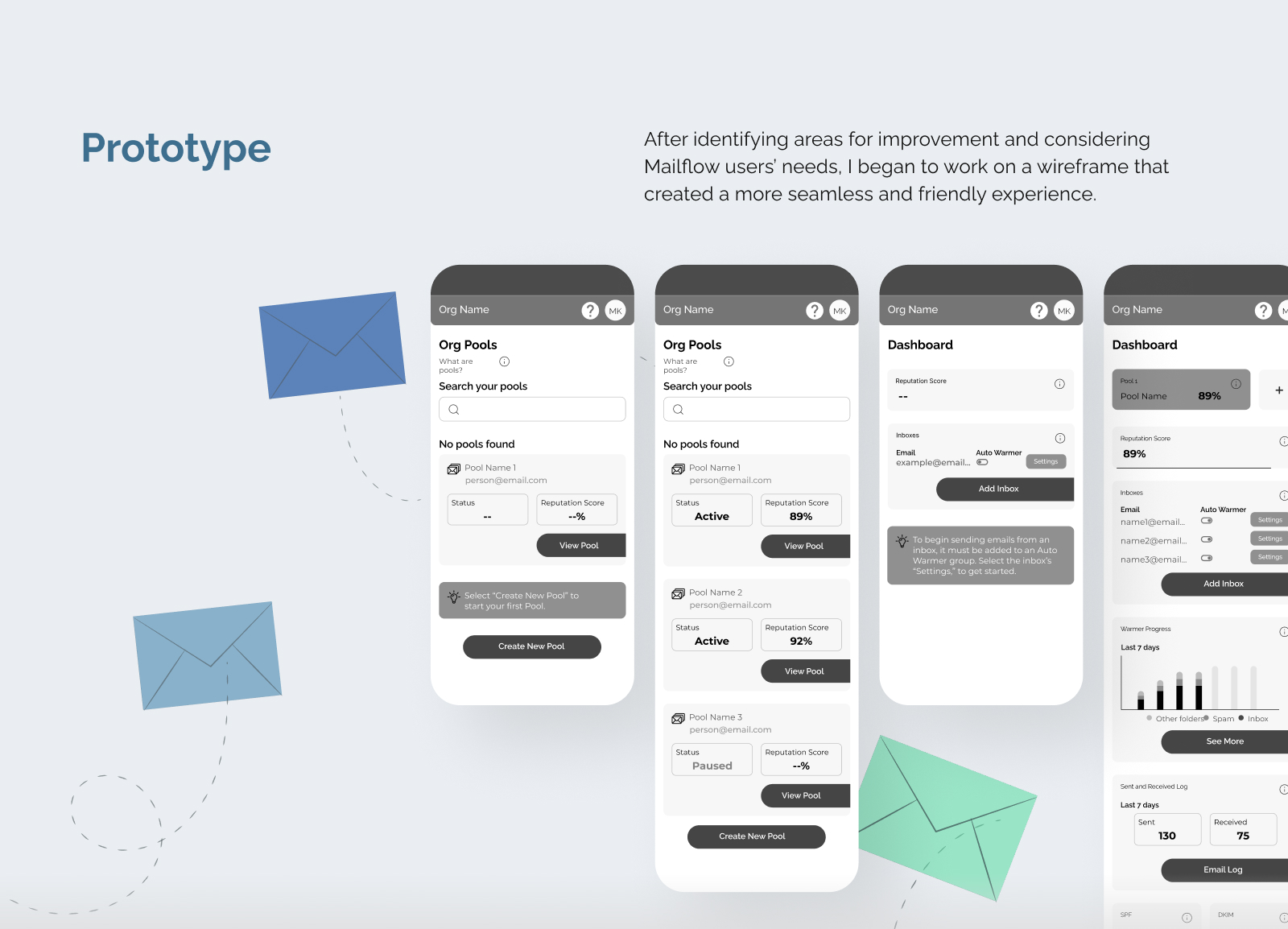
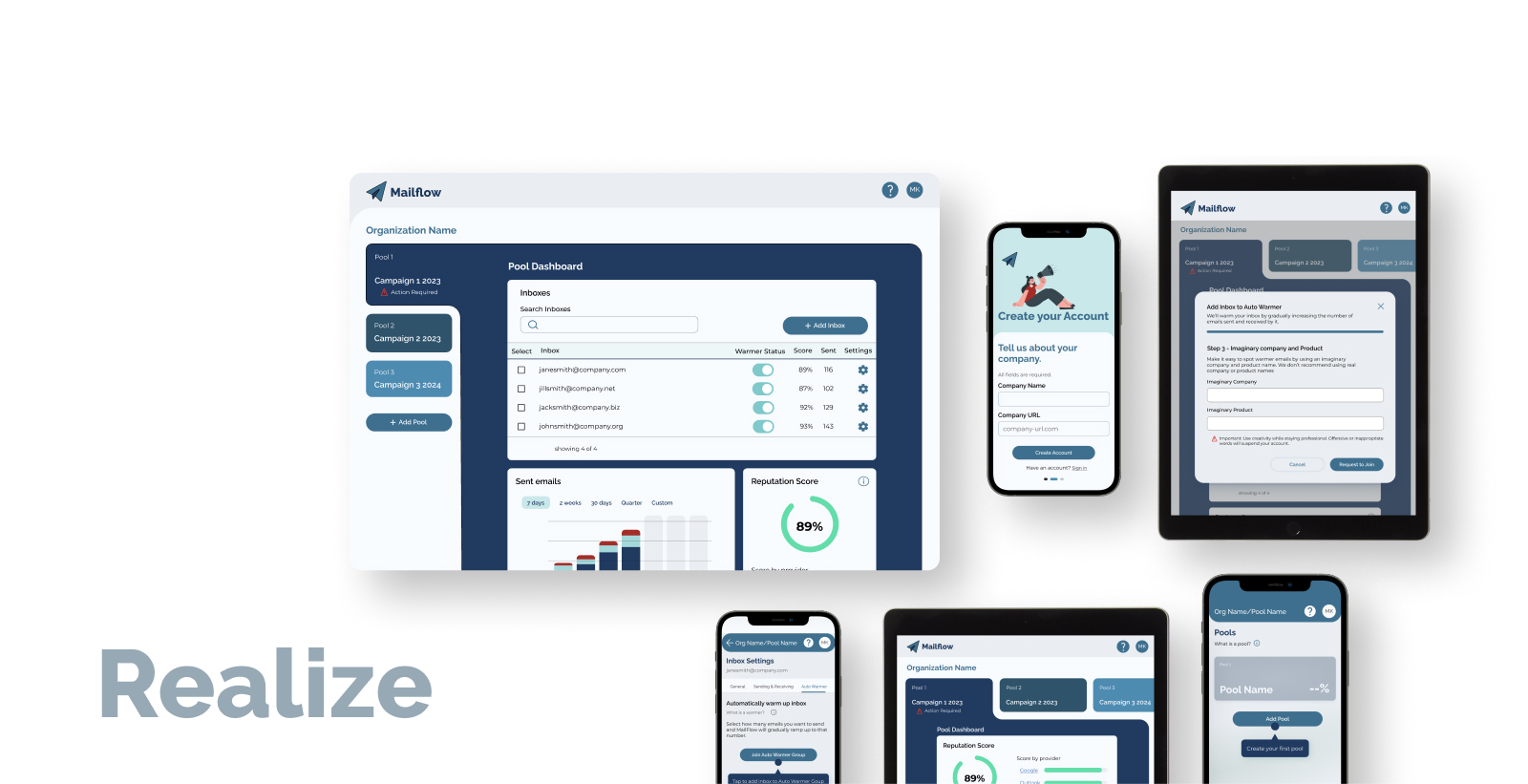
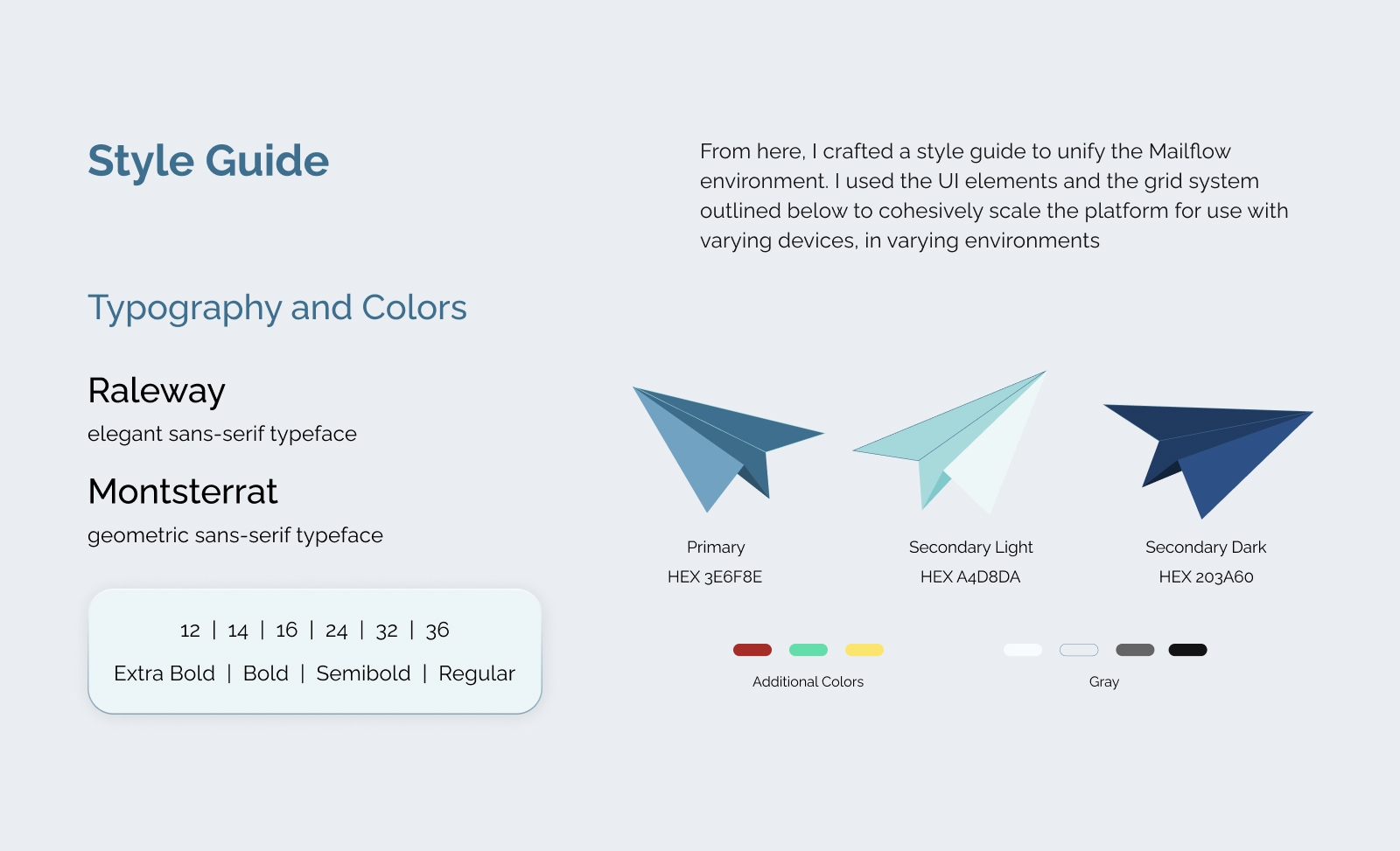
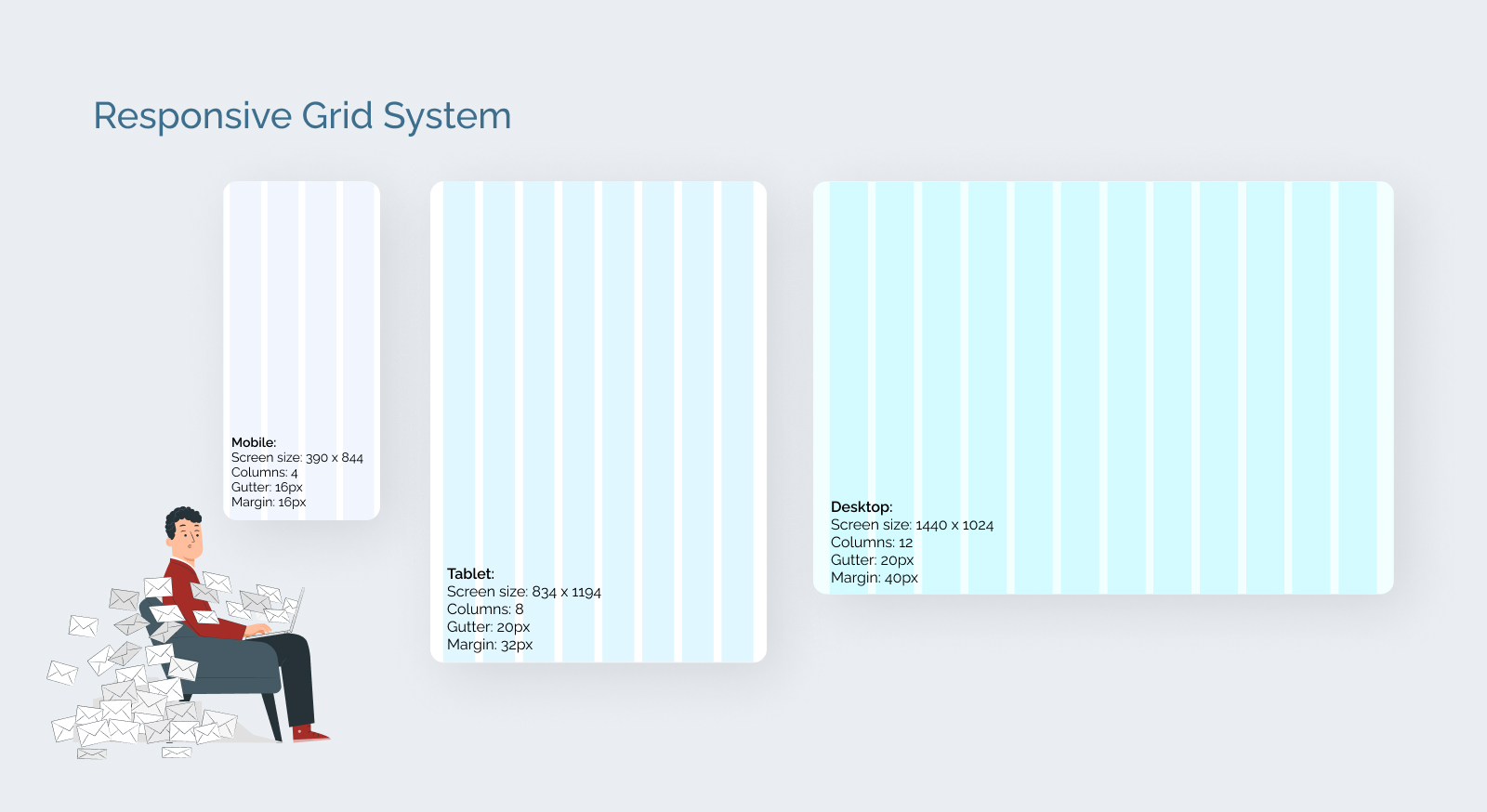
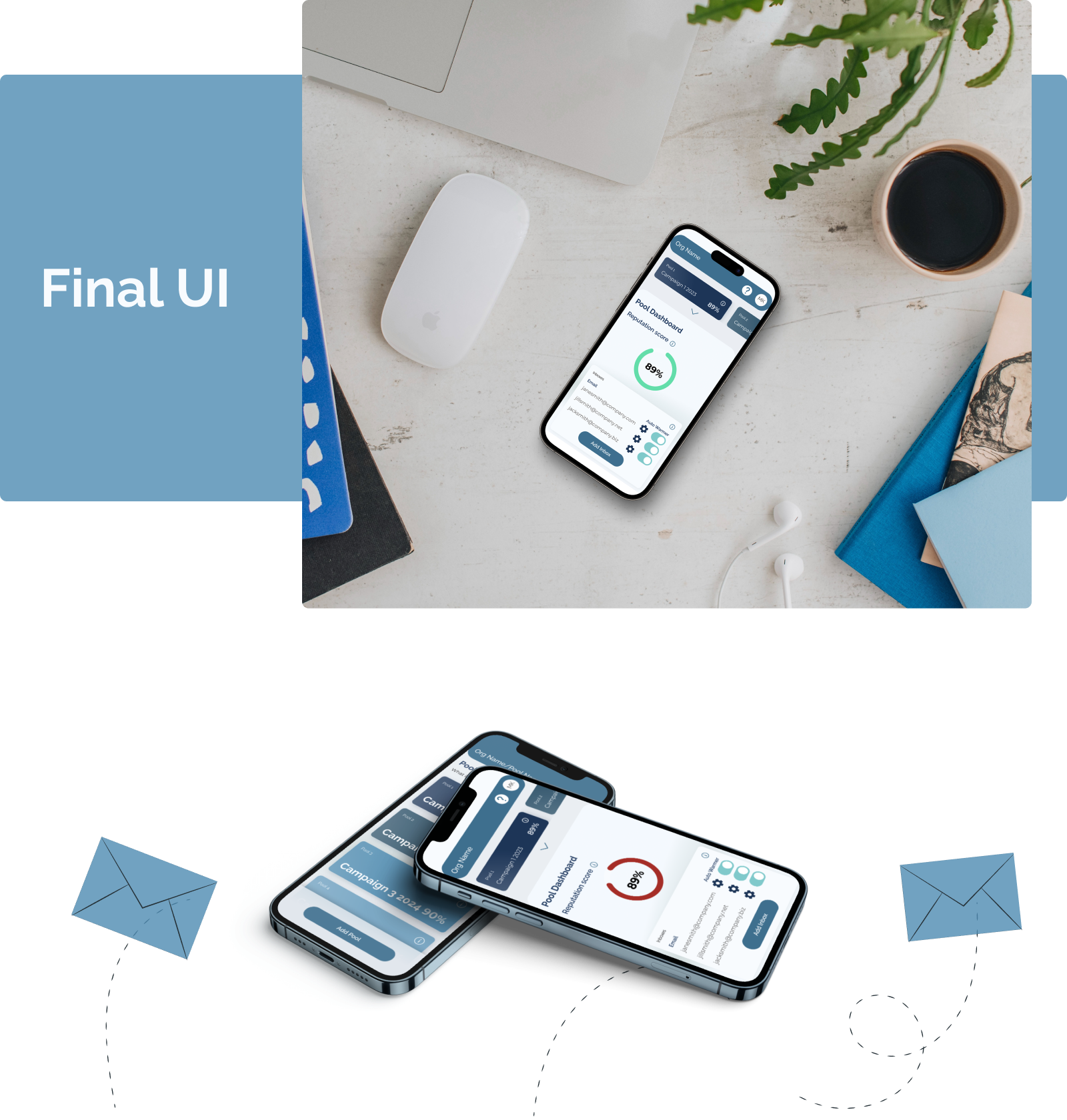
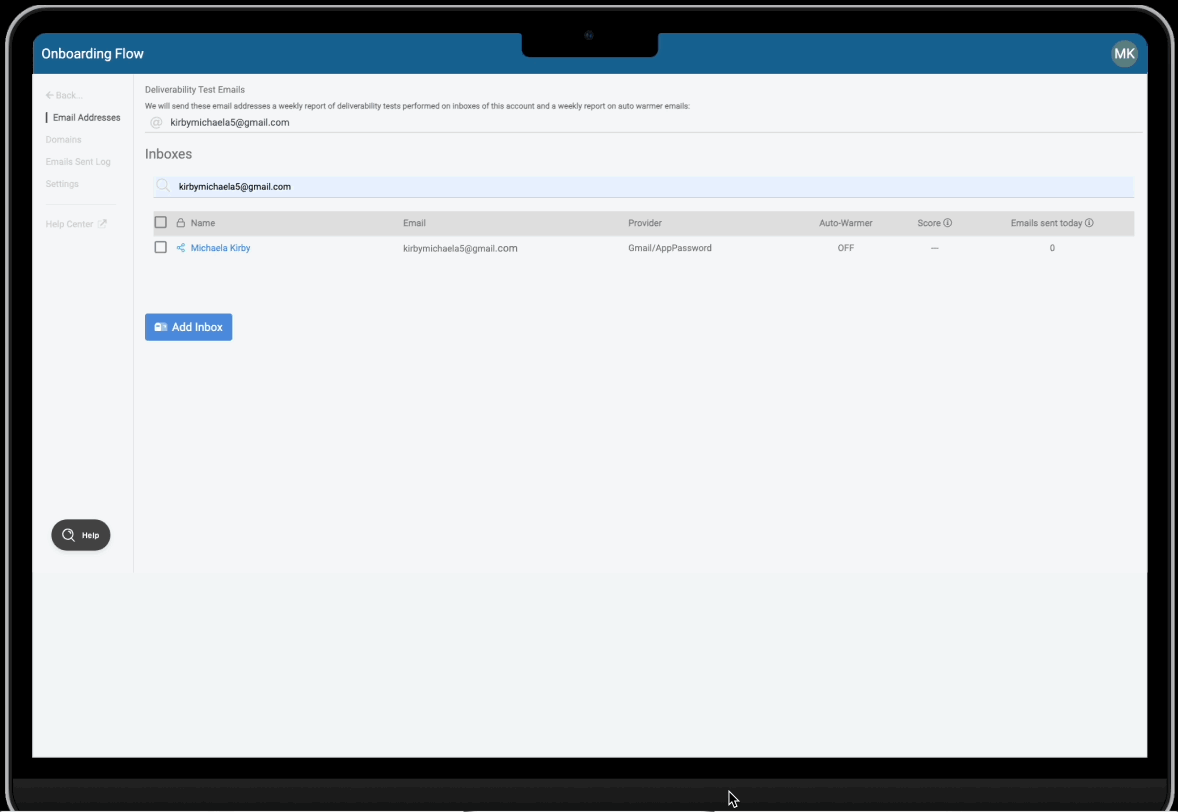
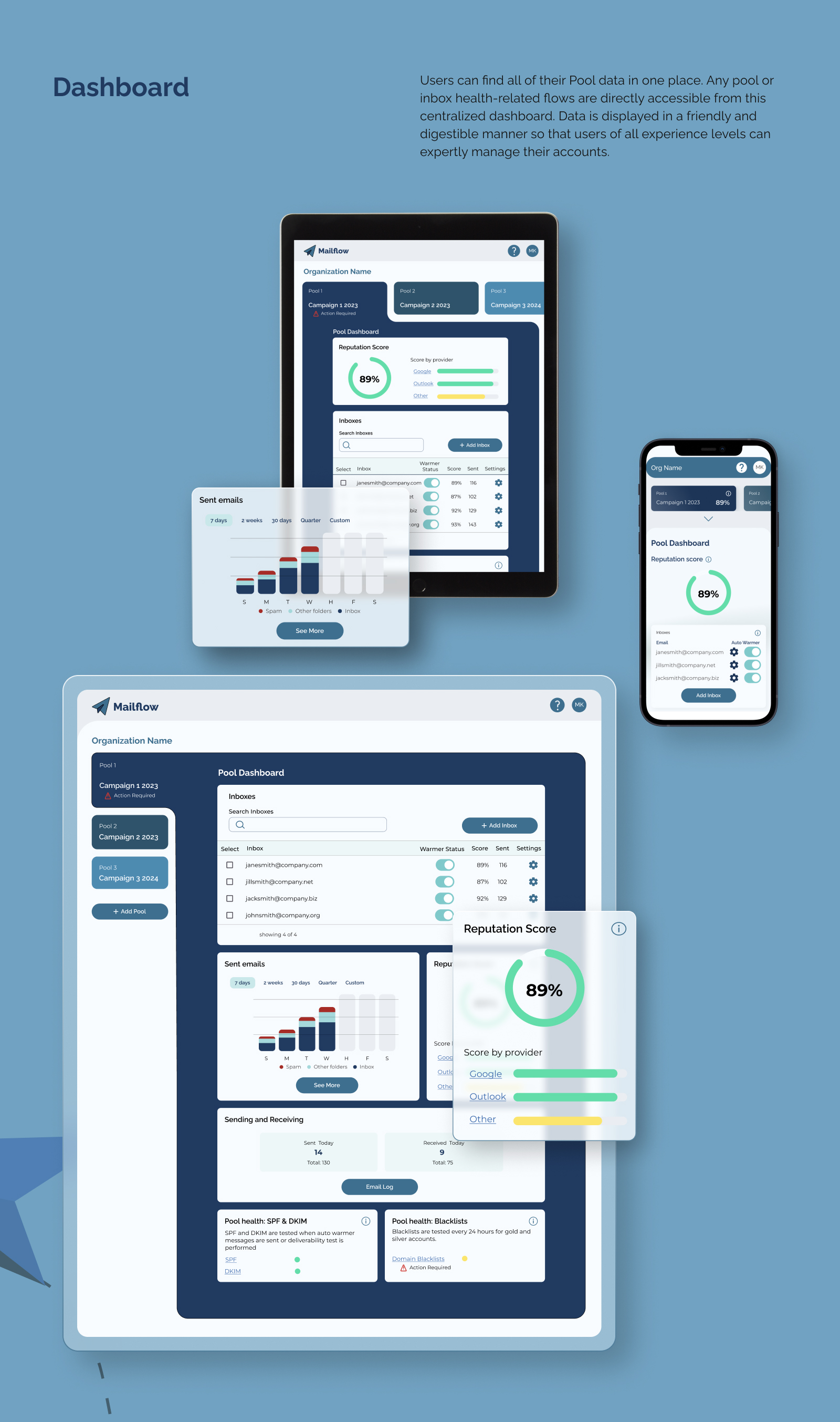

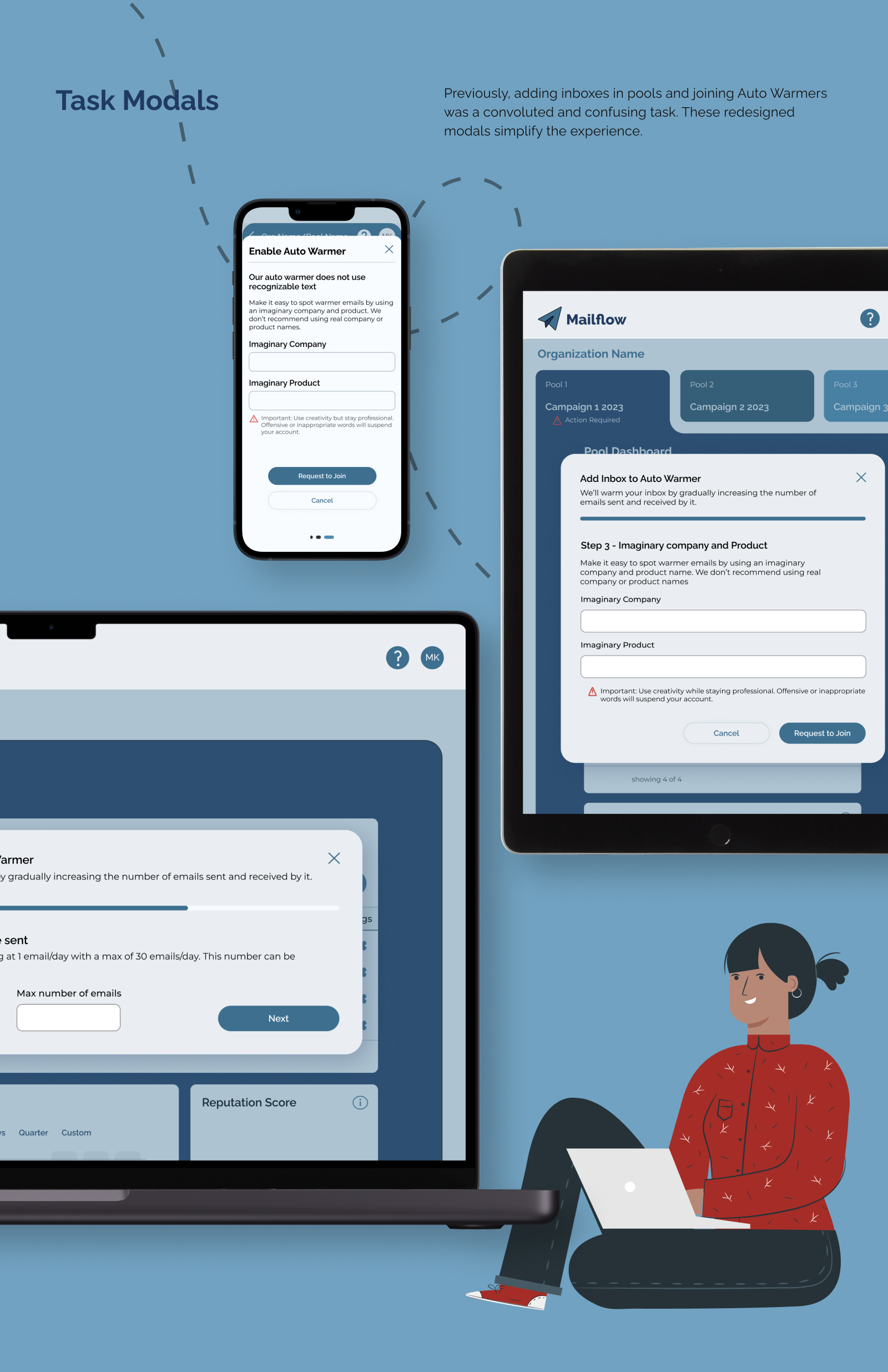
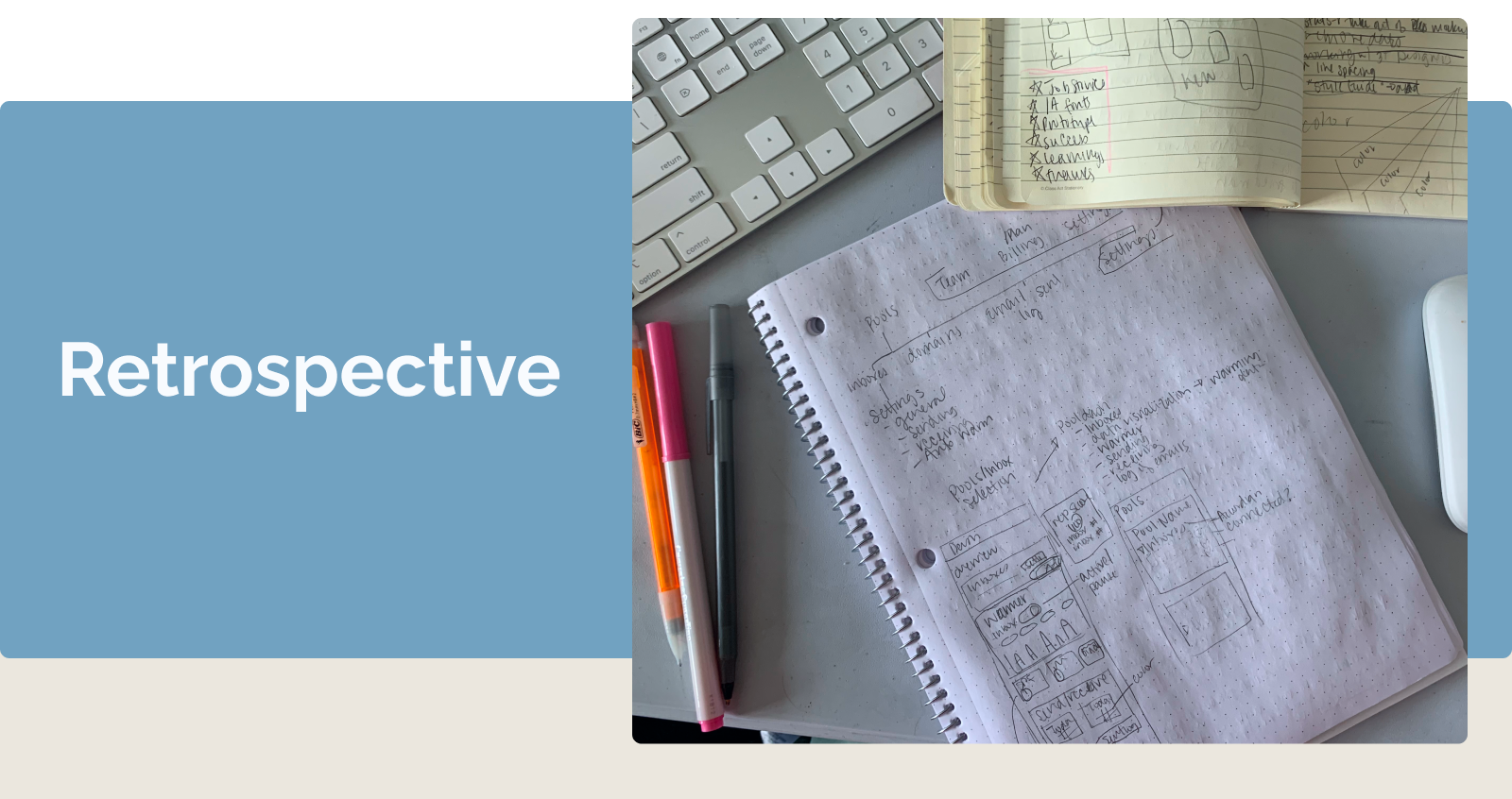
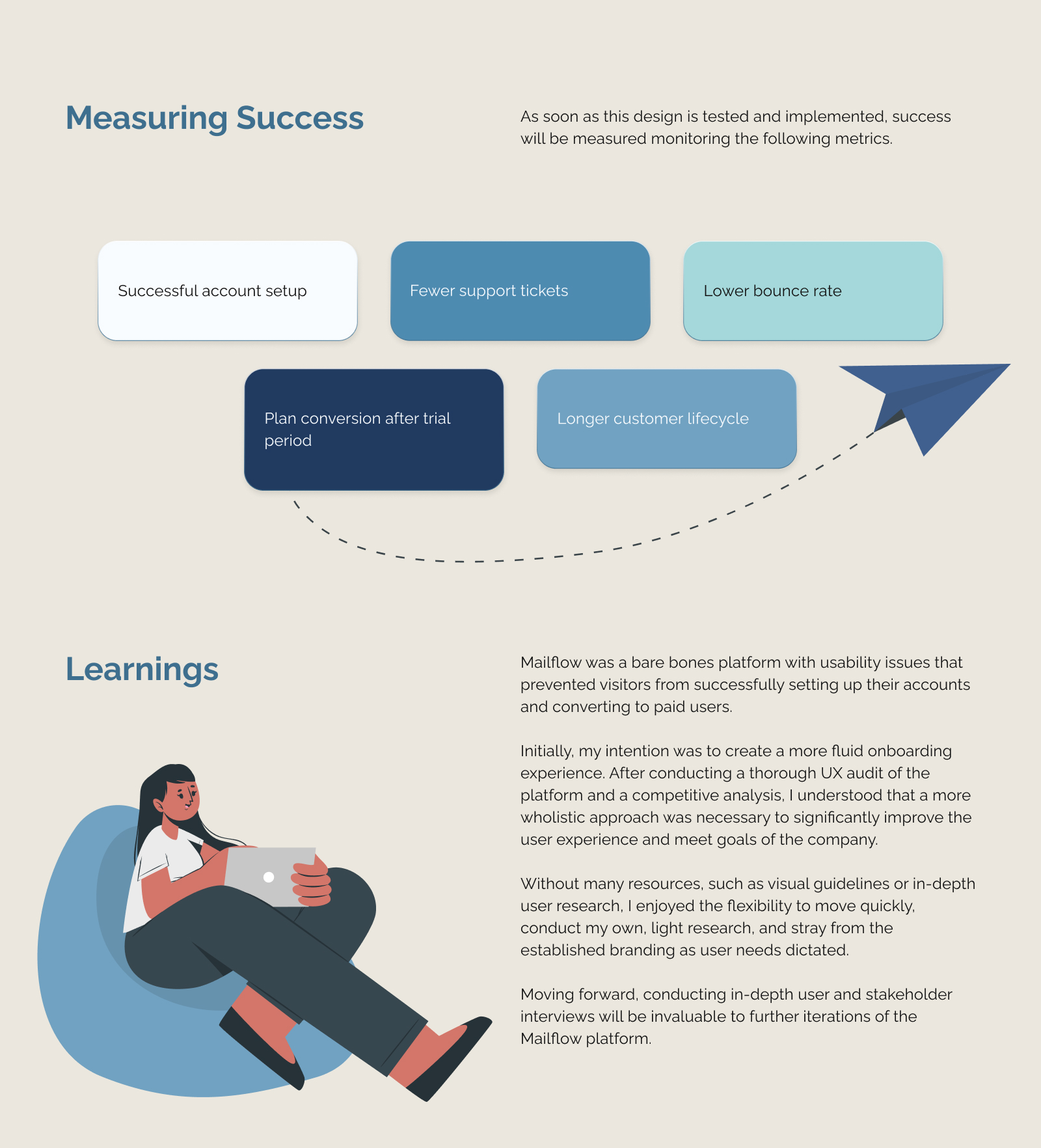
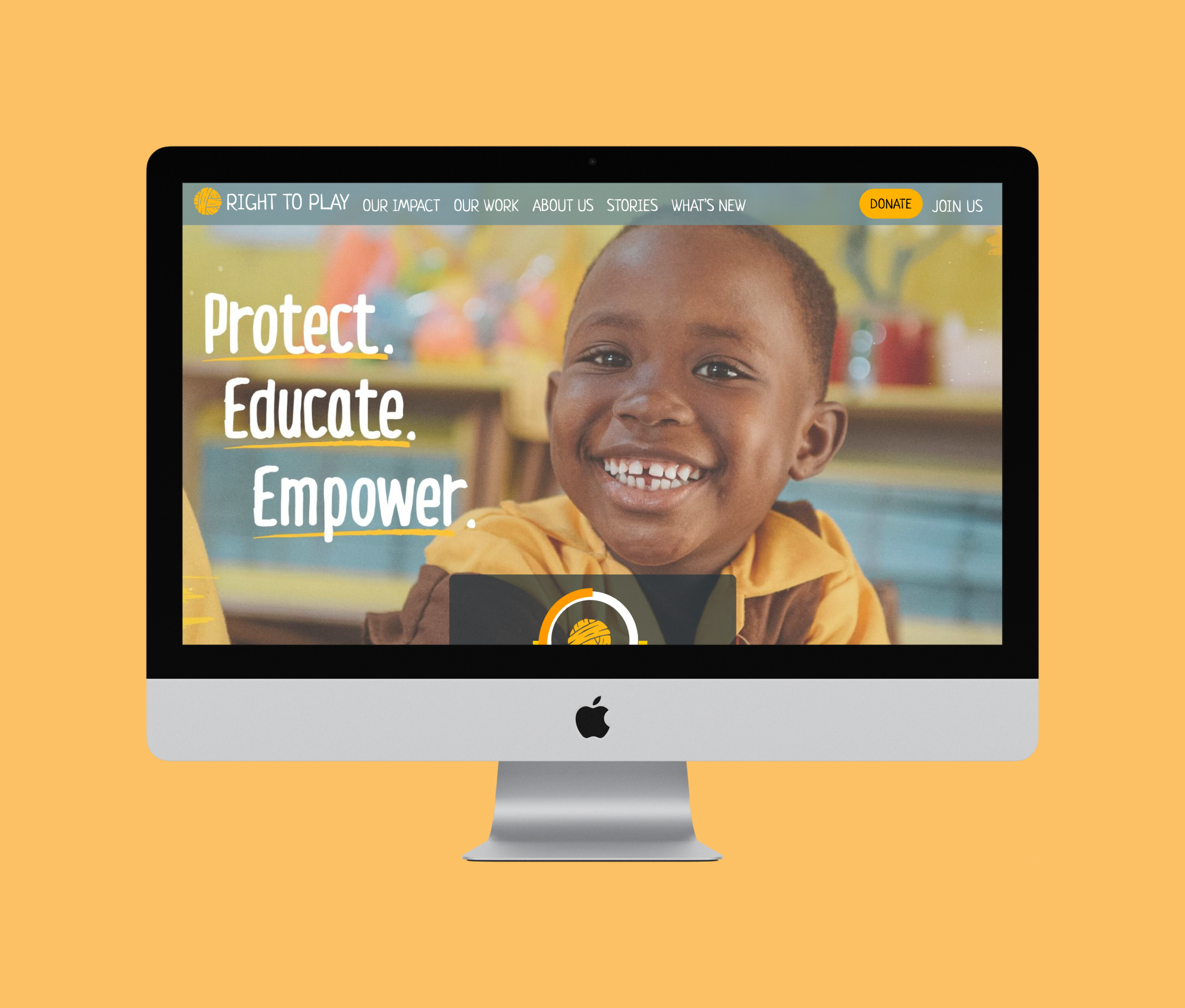
Our health is impacted by nearly every decision we make. With so many opinions, facts, and resources available, it's hard to know if we are making the best decisions for our well-being. This can lead to confusion, unclear goals, frustration, and overwhelm when managing our health.
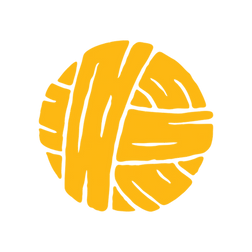
I designed Nurture Your Nature, a responsive web app solution for users to track, understand, and manage every aspect of their health and wellness in one place. Users can customize and connect the app to track and log all of their health data, better understand their data via trends and insights, learn more about health and wellness topics through the in-app resource library, and manage their health by completing healthcare tasks through the app's portal connection.

Competition is high in the wellness space. However, there is no one solution for tracking all data, analyzing data trends, learning from reliable, science-backed resources, and completing medical care-related tasks. To identify existing gaps in the health and wellness solution space, I completed a competitive analysis of 4 well-known applications, their functionality, their SWOTs, and their User Experience.

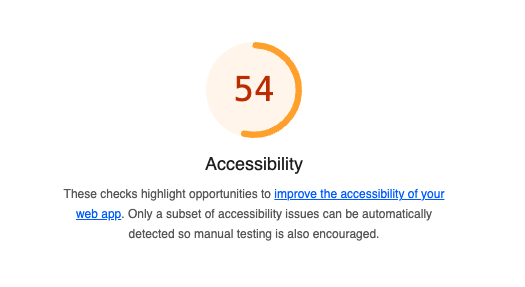
To deeply understand who I would be designing for, I engaged in exploratory research via surveys and interviews. I carefully formulated questions to uncover behaviors, thoughts, and feelings surrounding the following questions and goals:
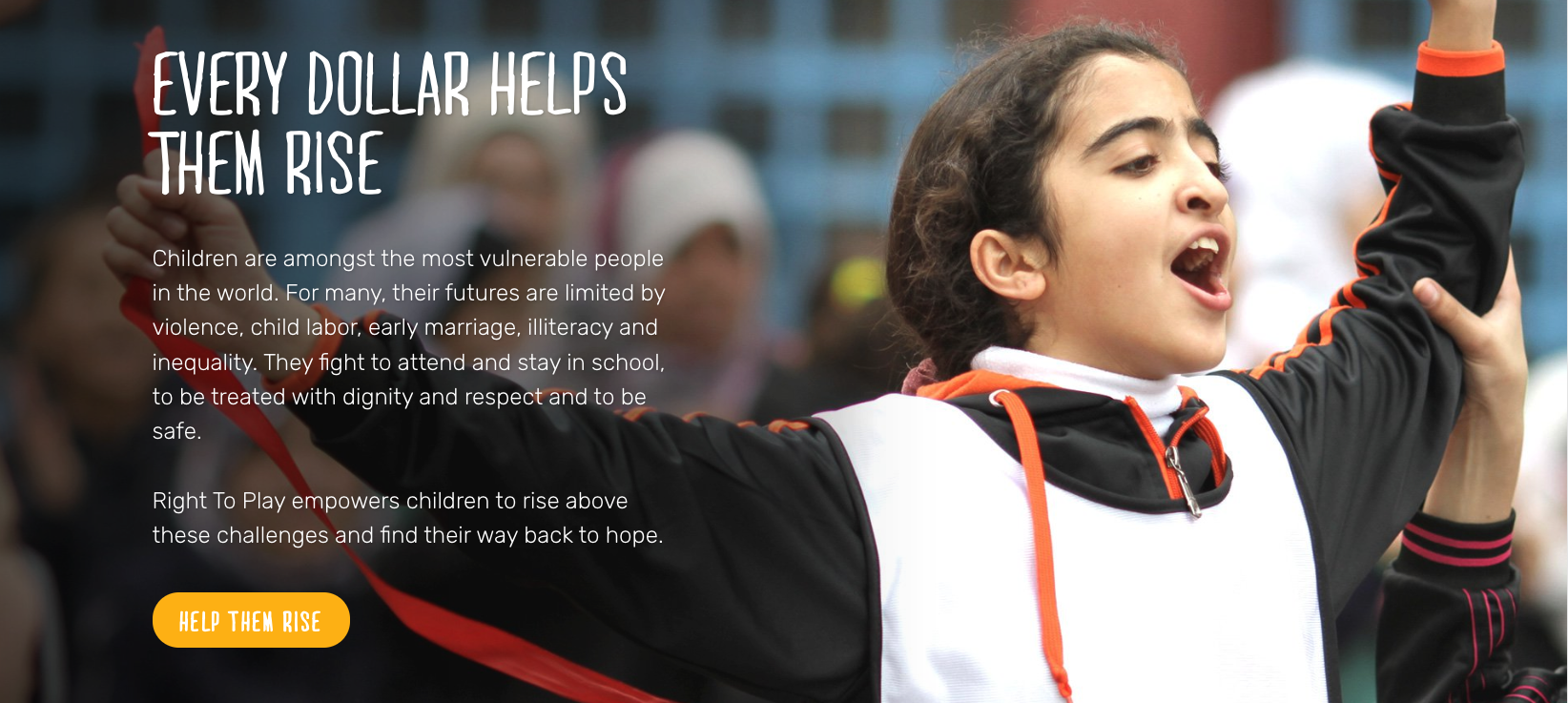
Using insights from my evaluative research, I further defined my user groups and main use cases. While better understanding and managing one's health applies to most humans, data collected by my application would be for those over the age of 18.
From there, I consolidated my use cases into those with health conditions that could be better managed with the help of a more holistic solution and those that wish to improve and maintain their health and wellness more generally.
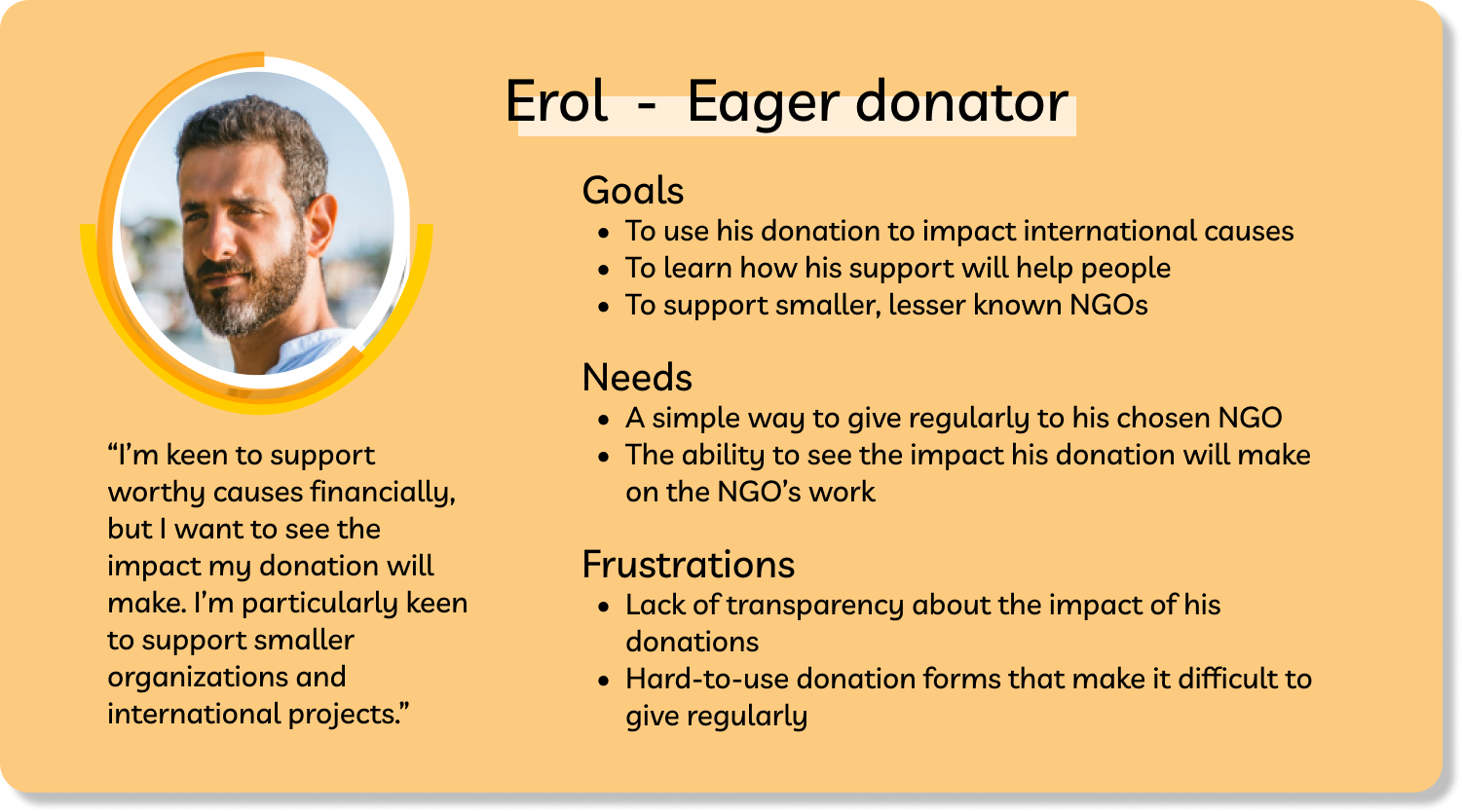
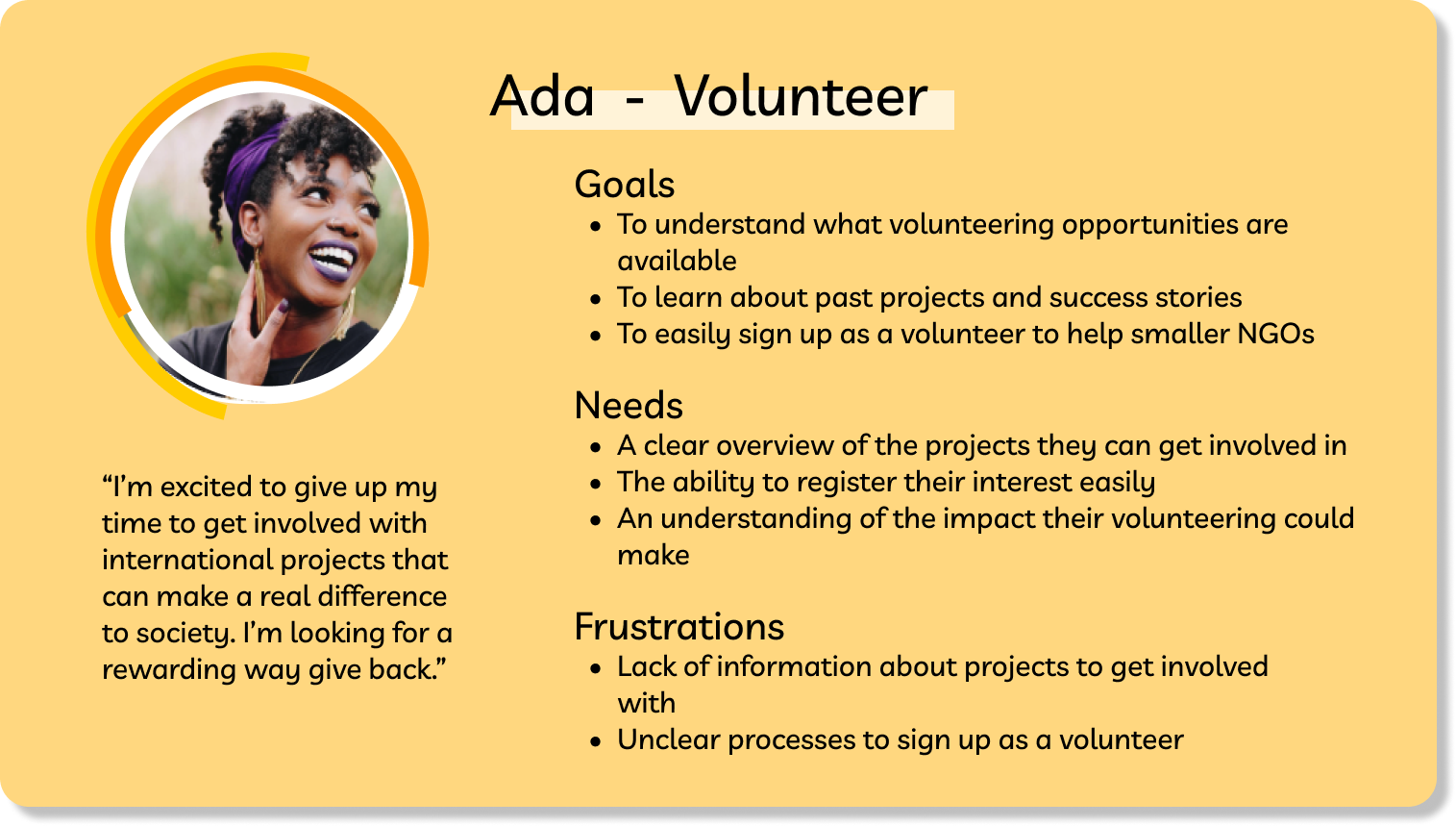
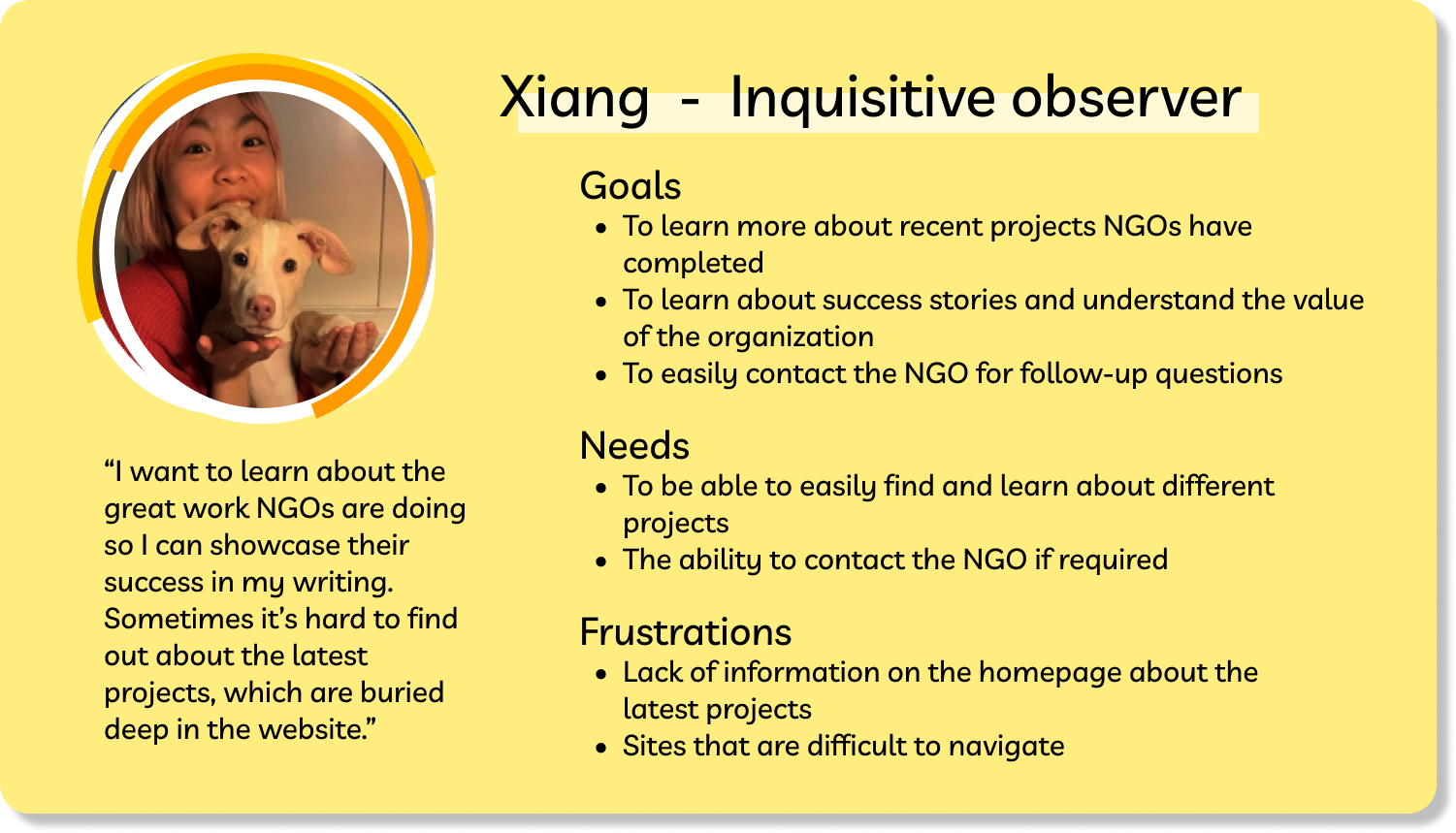
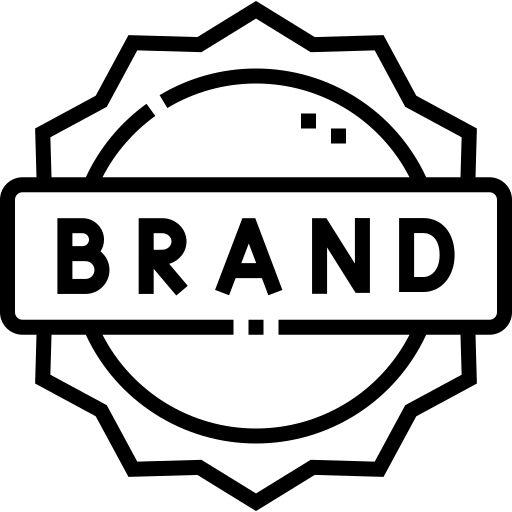

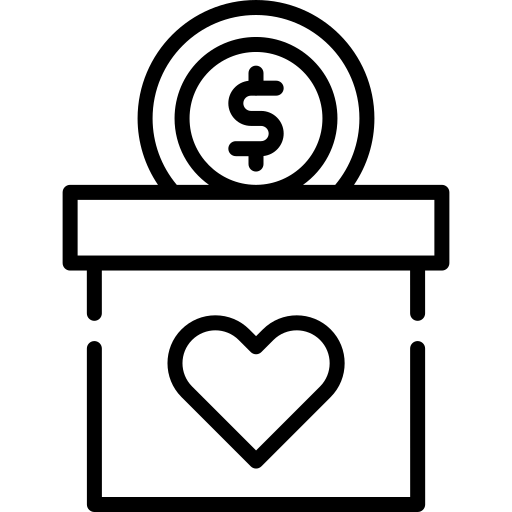
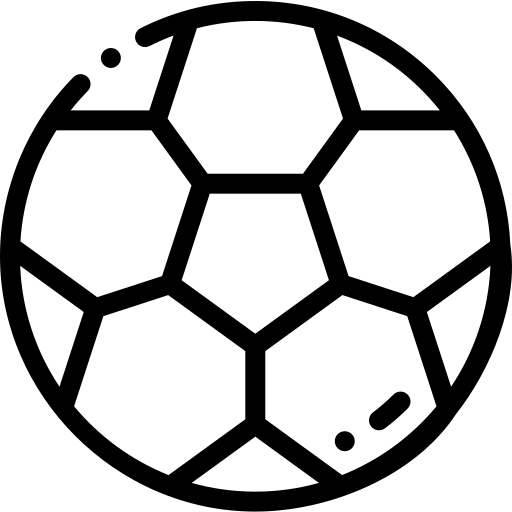
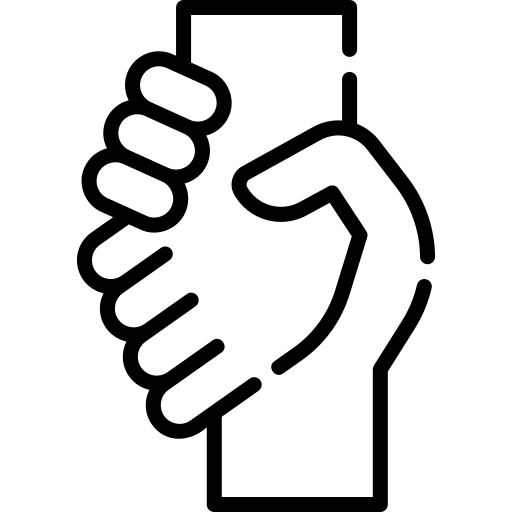
Using the data and insights gathered, I distilled my core functionalities and translated common user flows and journey maps to inform the Information Architecture of the application. Ultimately, I designed and refined a comprehensive and intuitive sitemap based on user needs and mental models derived from an open card sort.
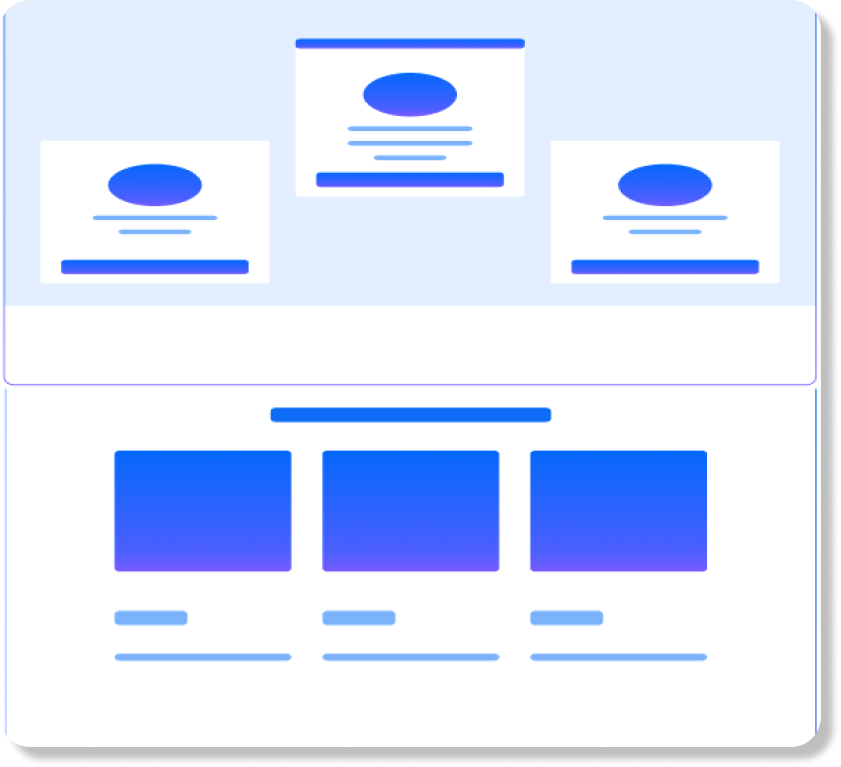
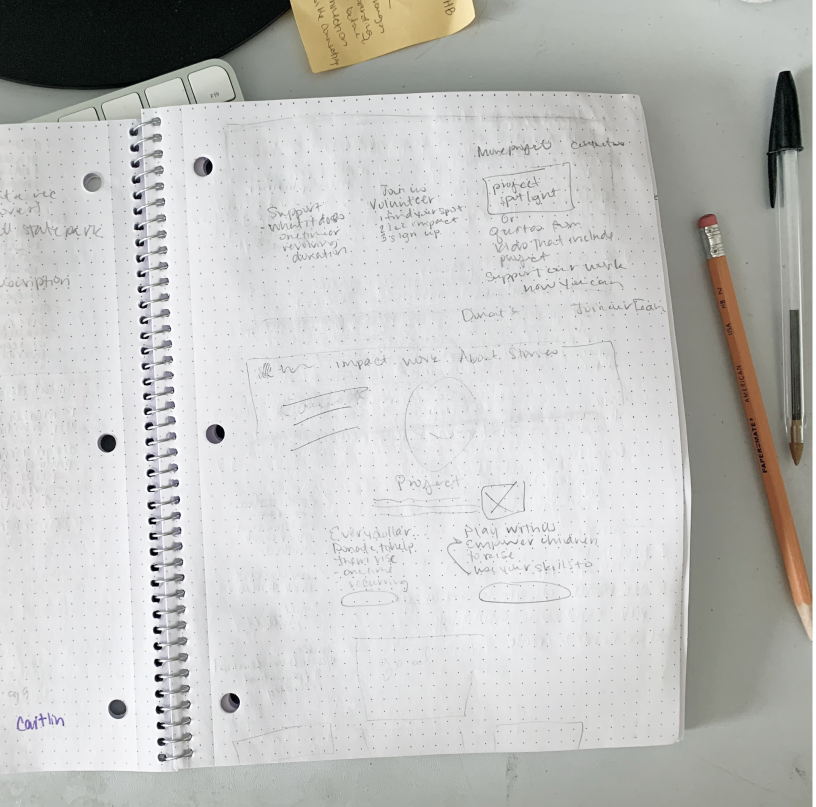
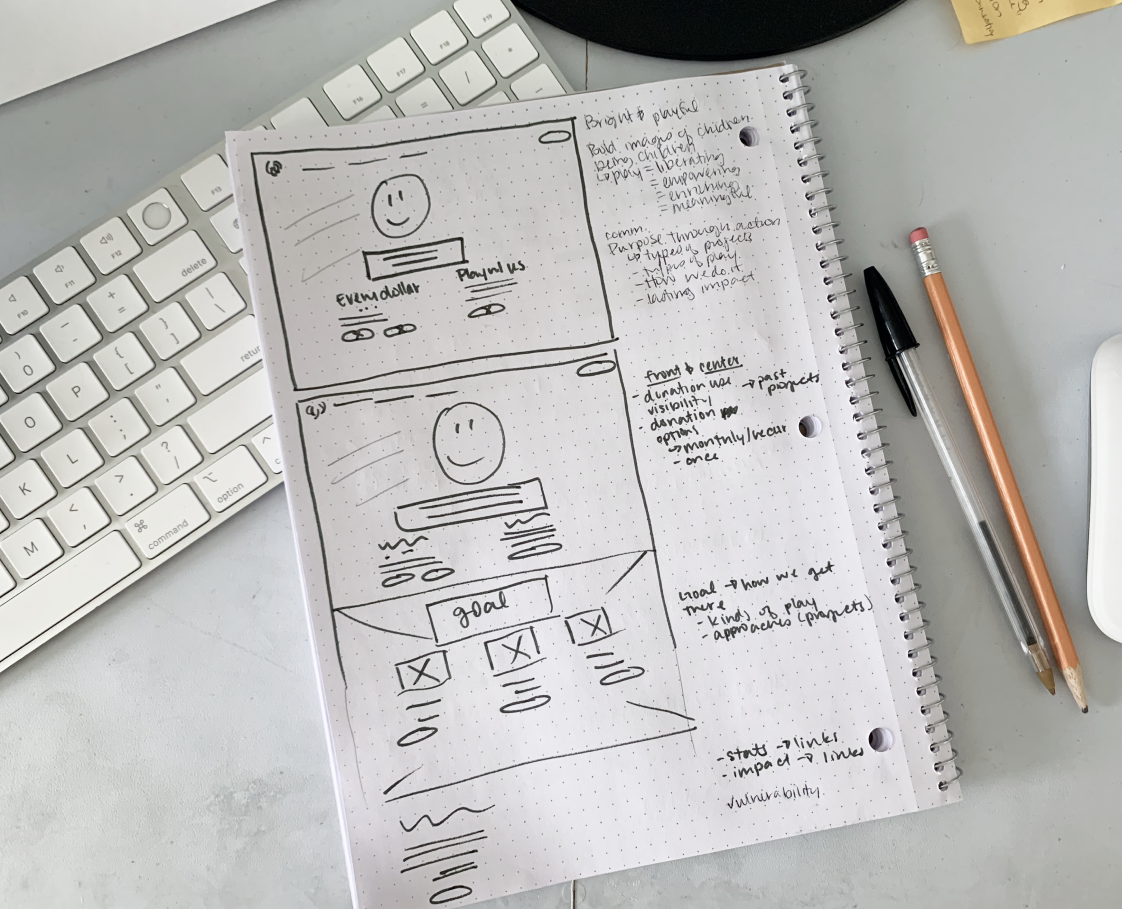
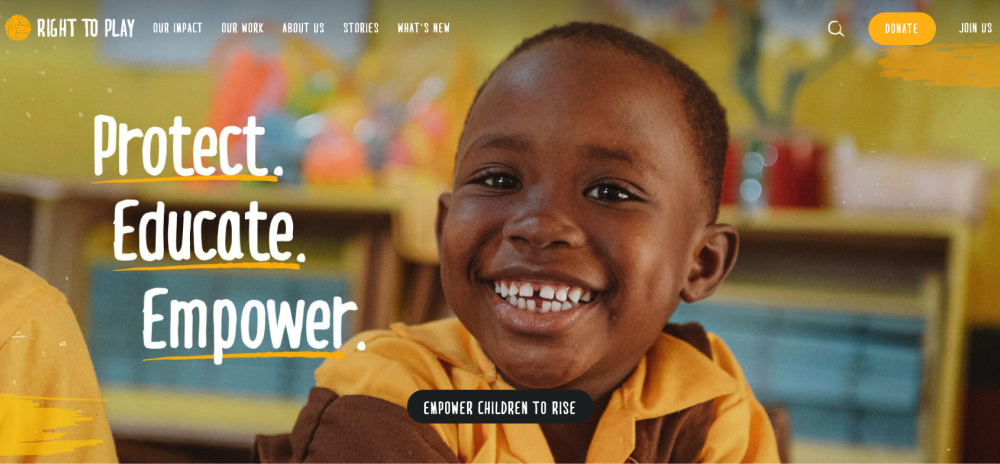
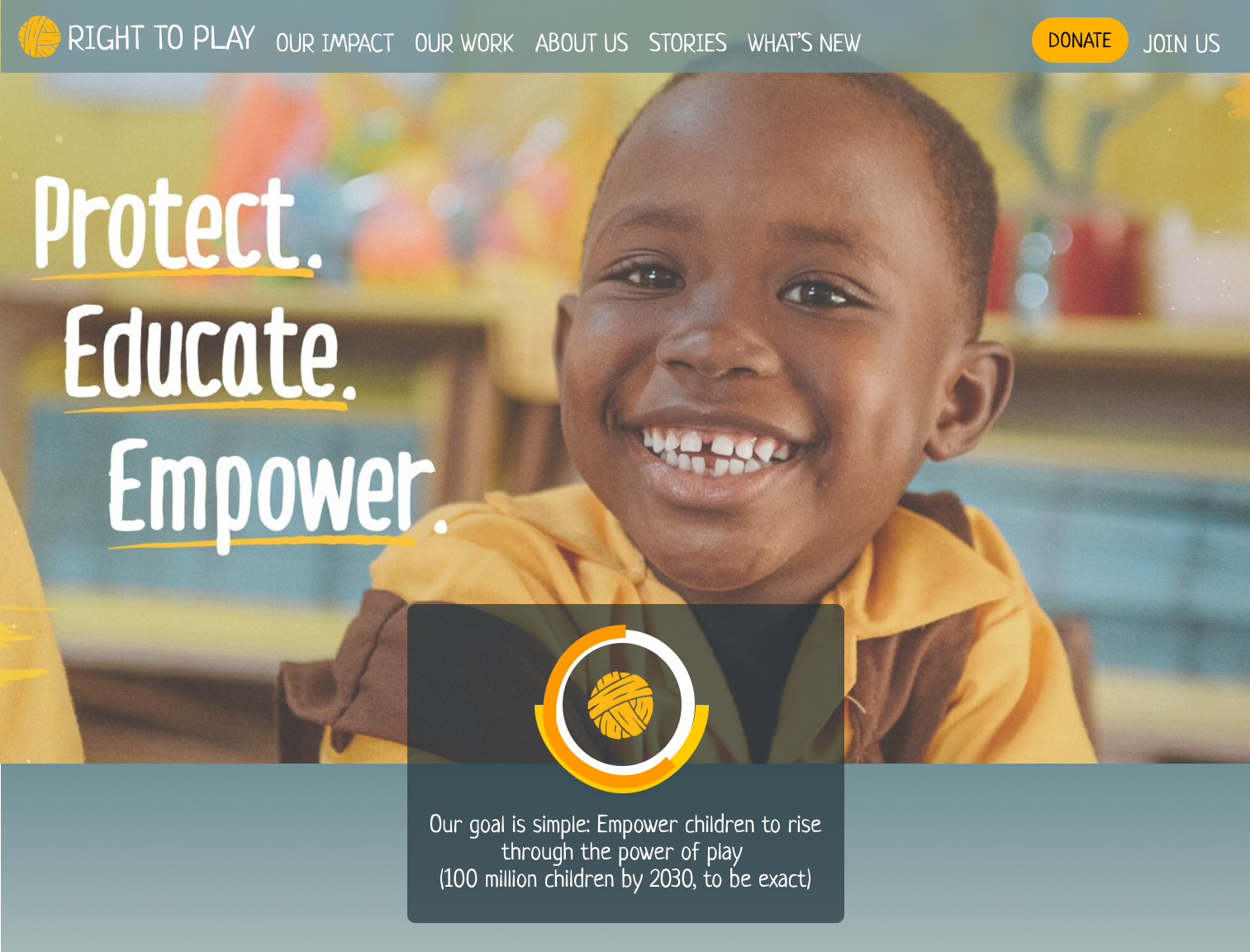
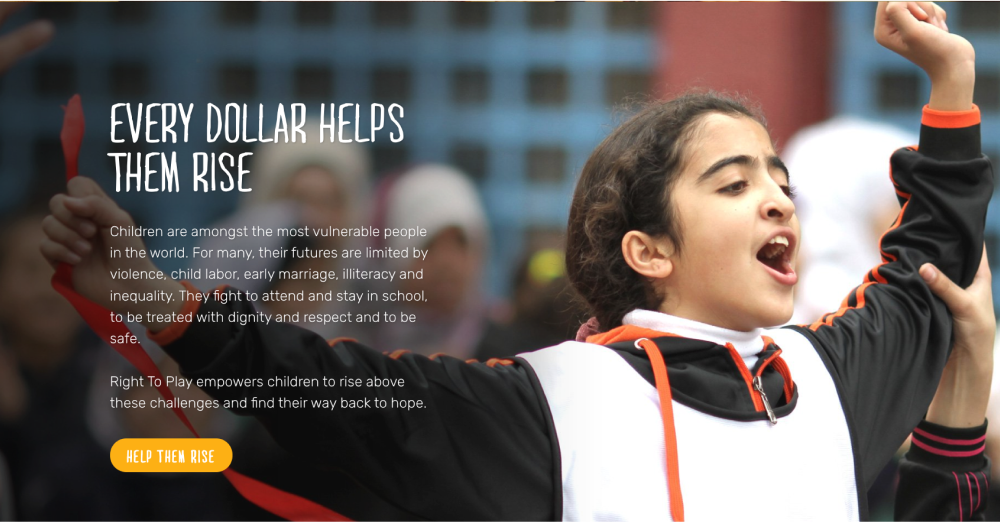
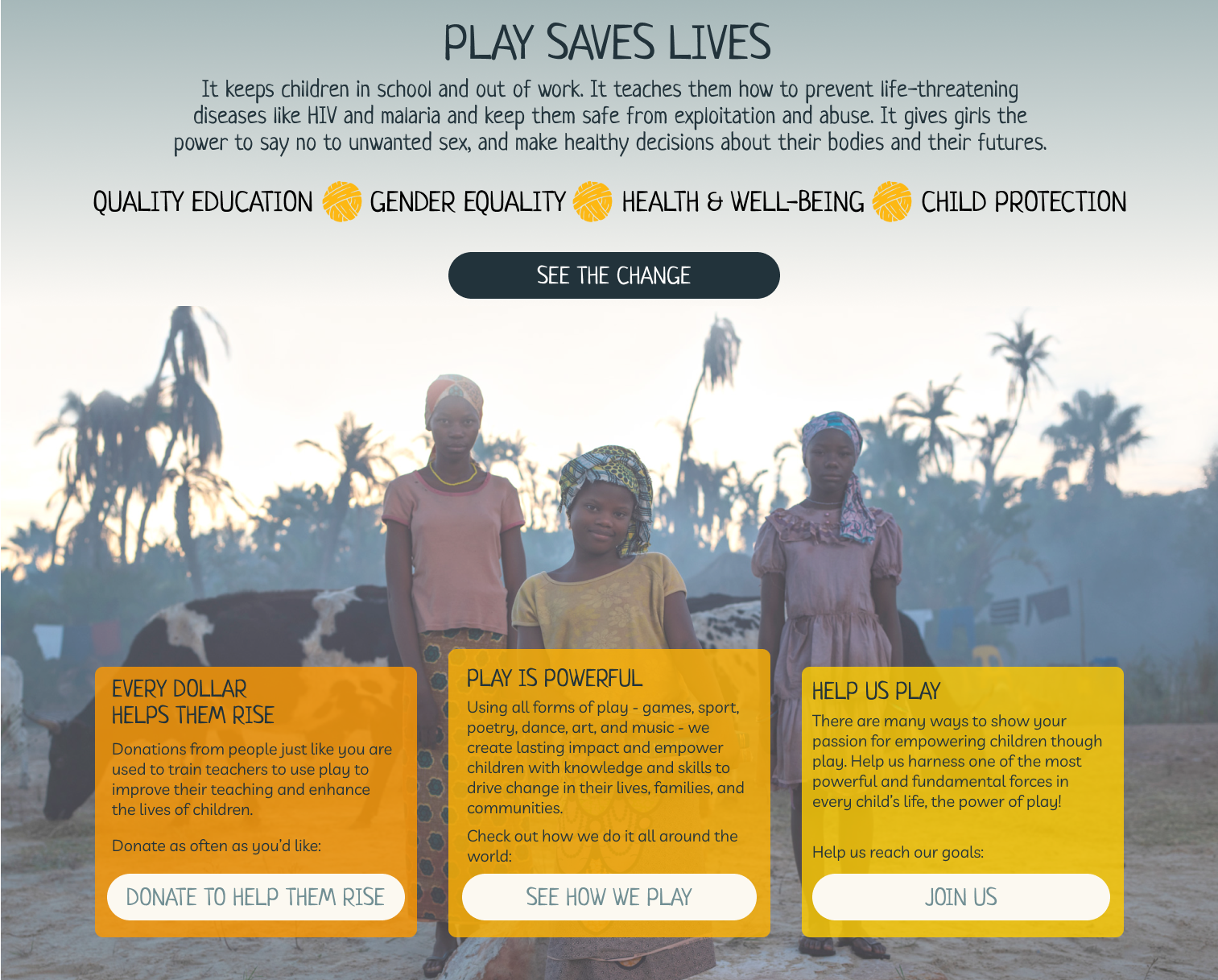
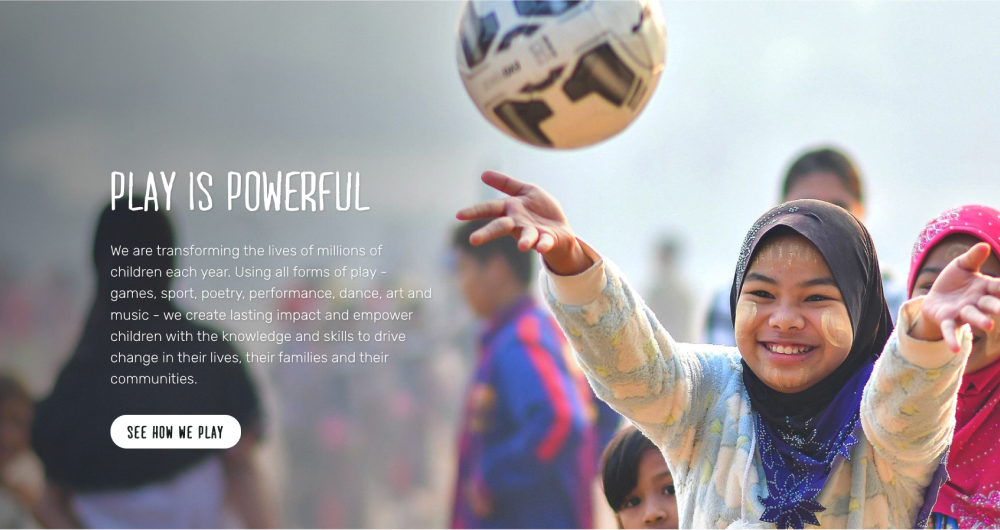
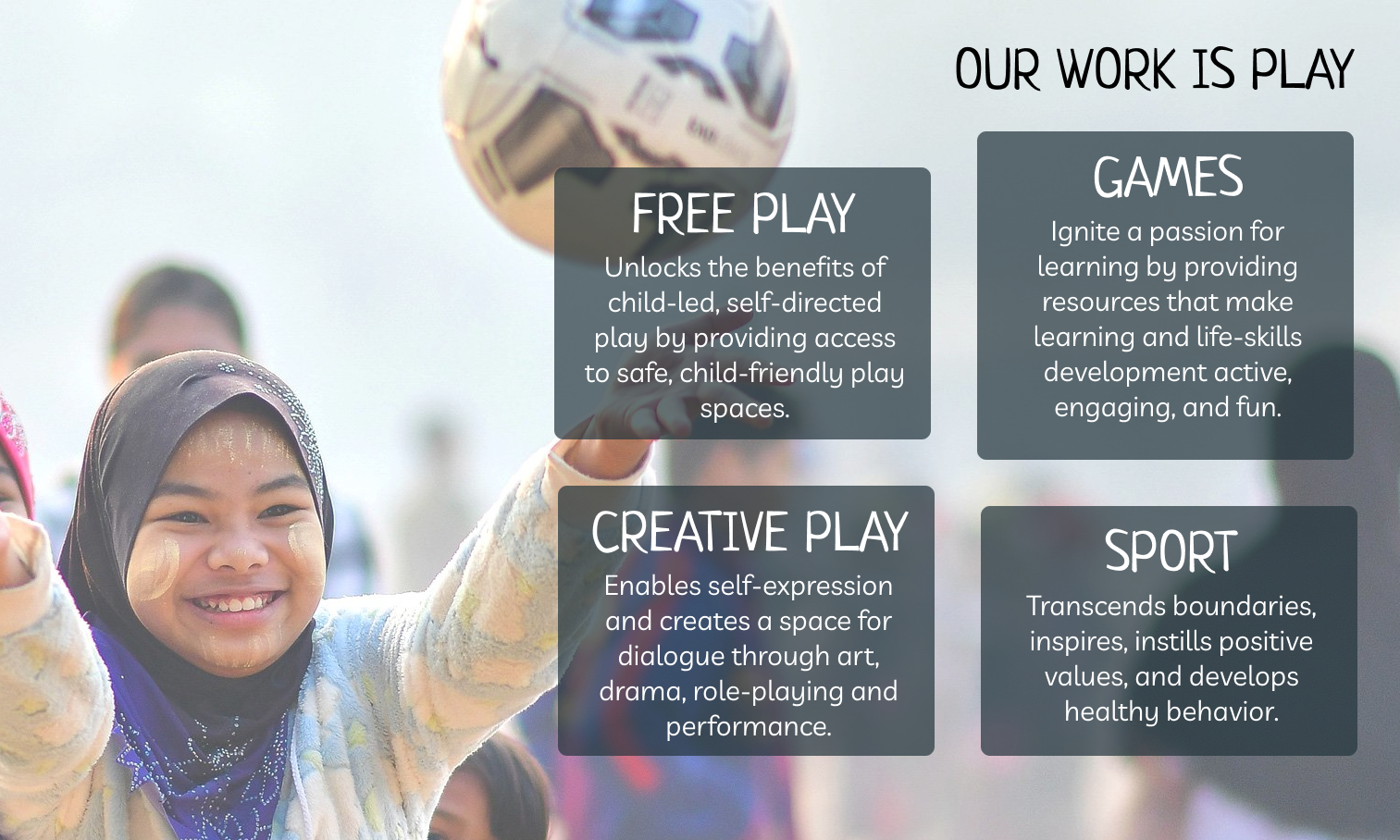
This project remains undeveloped. However, I have a number of hypotheses for improvement and hypothetical measures for success.
Success, in terms of this kind of project, would look like large-scale adoption (use and connections to applications and accounts), user loyalty (sustained use of the application), and users better managing and understanding their health and wellness (less quantifiable, aside from completing health management tasks). To ensure these outcomes I made a number of design decisions:
The app would be able to integrate seamlessly into the lives of users, via syncing ability with a wide range of other health apps, wearables, accounts, etc.
I also hypothesize that the inclusion of AI would poise Nurture Your Nature for lasting relevancy, success, and improved user experience. I propose the use of AI for data and trend analysis, helping users set goals, identify actionable steps, and as a chat-bot that can be used to ask health and wellness-related questions.
I would test this hypothesis via the following steps. First, user research would be conducted to better understand the views and opinions about AI from the intended user base. As the app would be built with privacy and security at its center, user trust would be reassured by the ability to opt in or out of the AI features in the application. User opt-ins as well as adoption of these features would indicate success.

Our health is impacted by nearly every decision we make. With so many opinions, facts, and resources available, it's hard to know if we are making the best decisions for our well-being. This can lead to confusion, unclear goals, frustration, and overwhelm when managing our health.
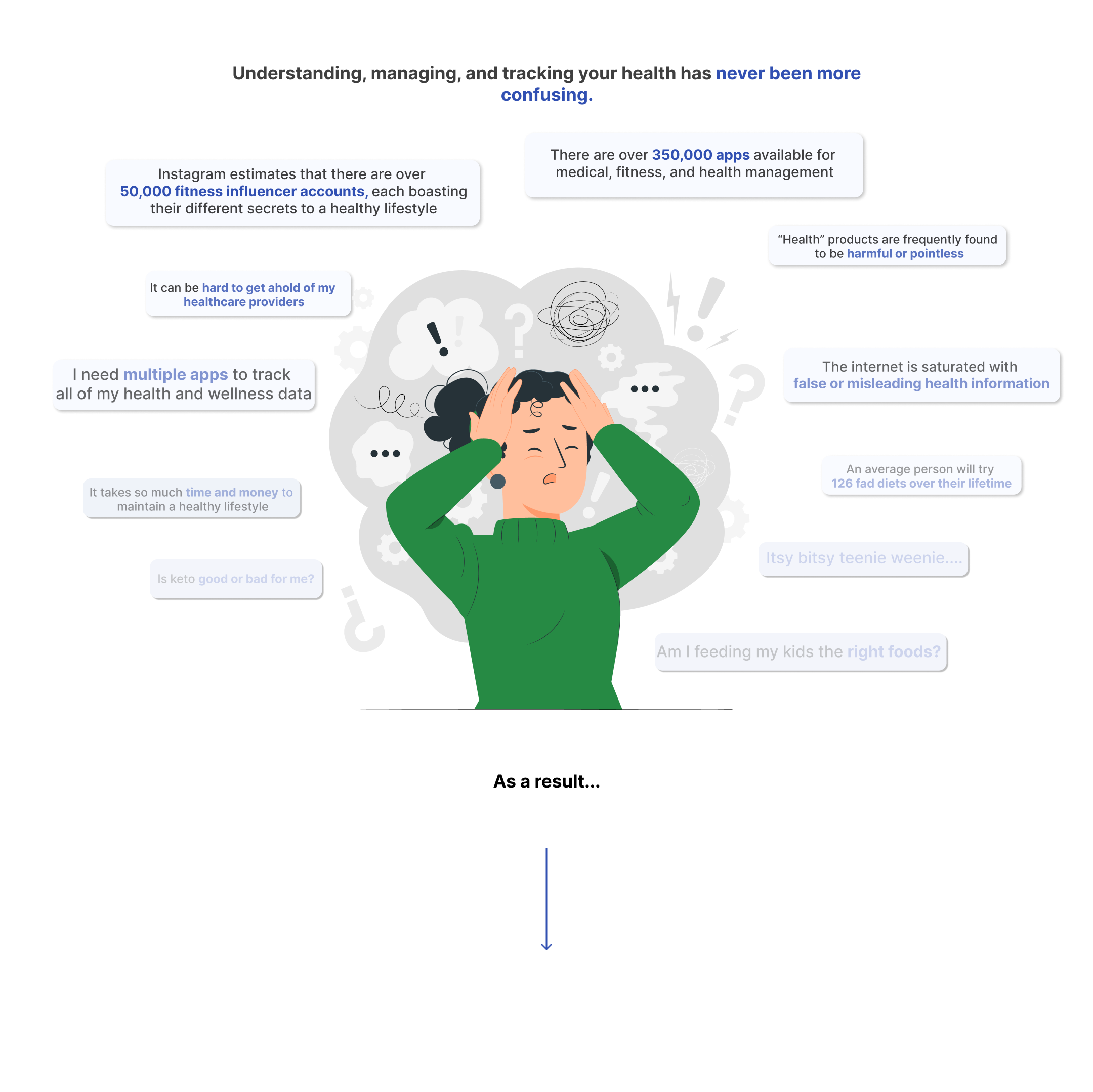
I designed Nurture Your Nature, a responsive web app solution for users to track, understand, and manage every aspect of their health and wellness in one place. Users can customize and connect the app to track and log all of their health data, better understand their data via trends and insights, learn more about health and wellness topics through the in-app resource library, and manage their health by completing healthcare tasks through the app's portal connection.
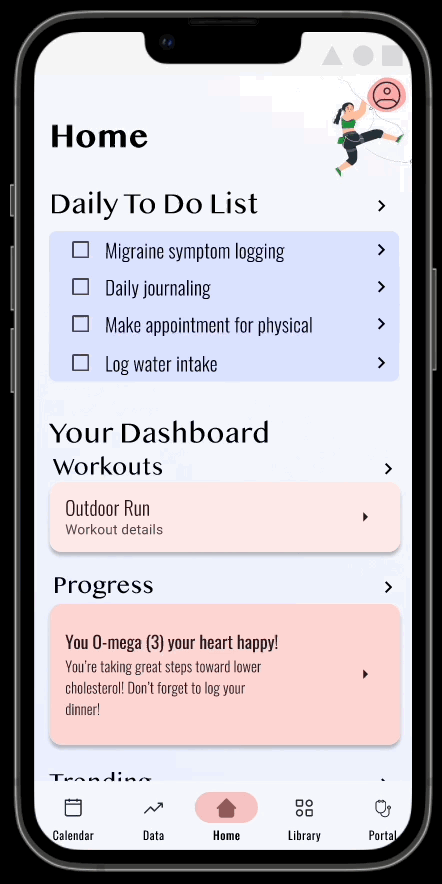

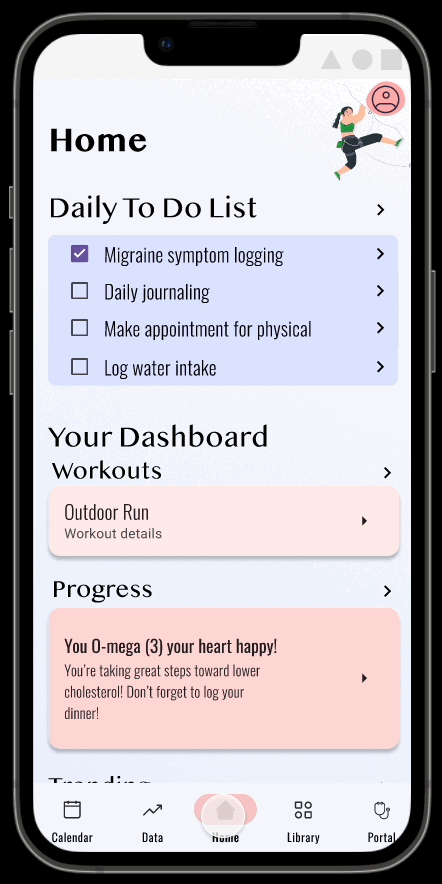
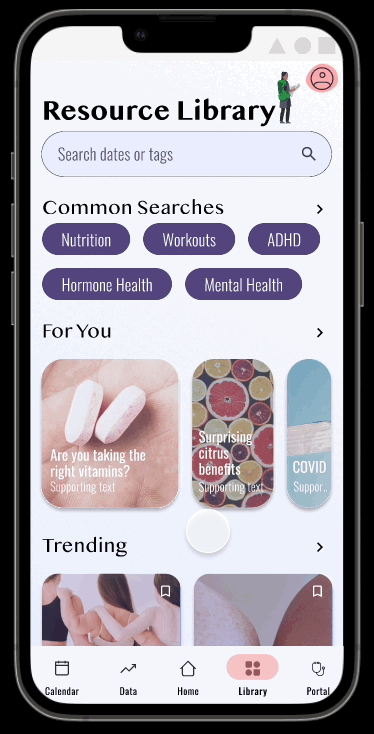
Competition is high in the wellness space. However, there is no one solution for tracking all data, analyzing data trends, learning from reliable, science-backed resources, and completing medical care-related tasks. To identify existing gaps in the health and wellness solution space, I completed a competitive analysis of 4 well-known applications, their functionality, their SWOTs, and their User Experience.


To deeply understand who I would be designing for, I engaged in exploratory research via surveys and interviews. I carefully formulated questions to uncover behaviors, thoughts, and feelings surrounding the following questions and goals:
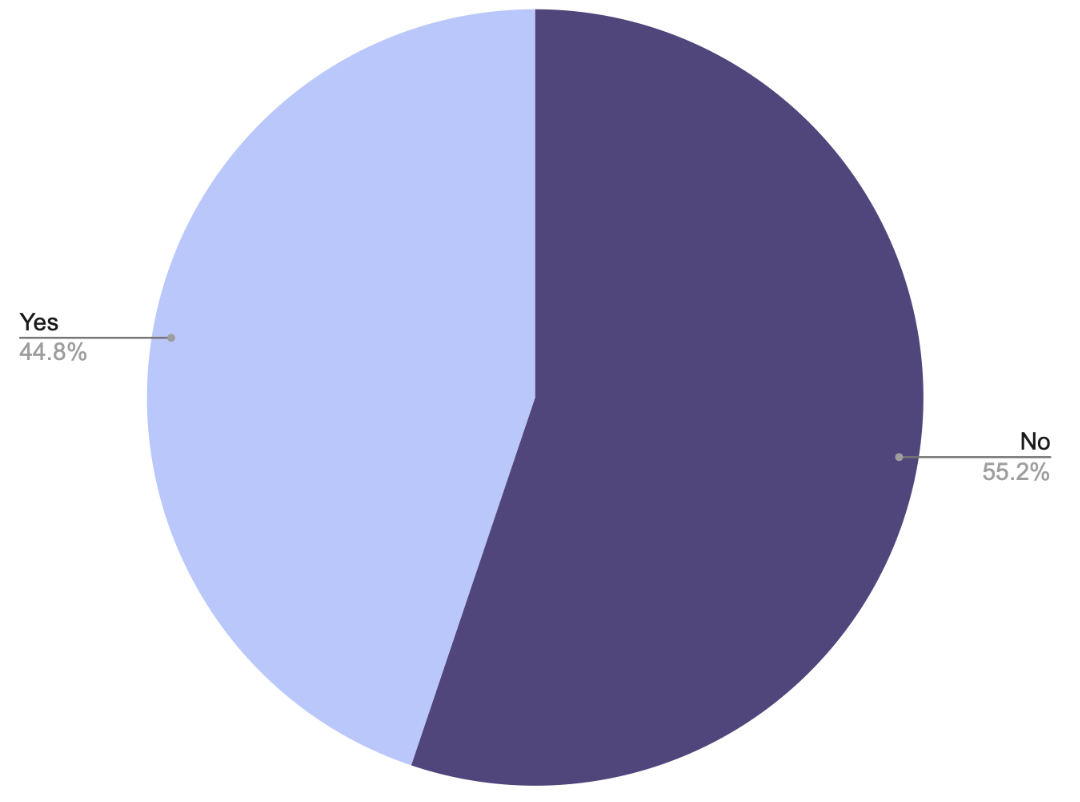
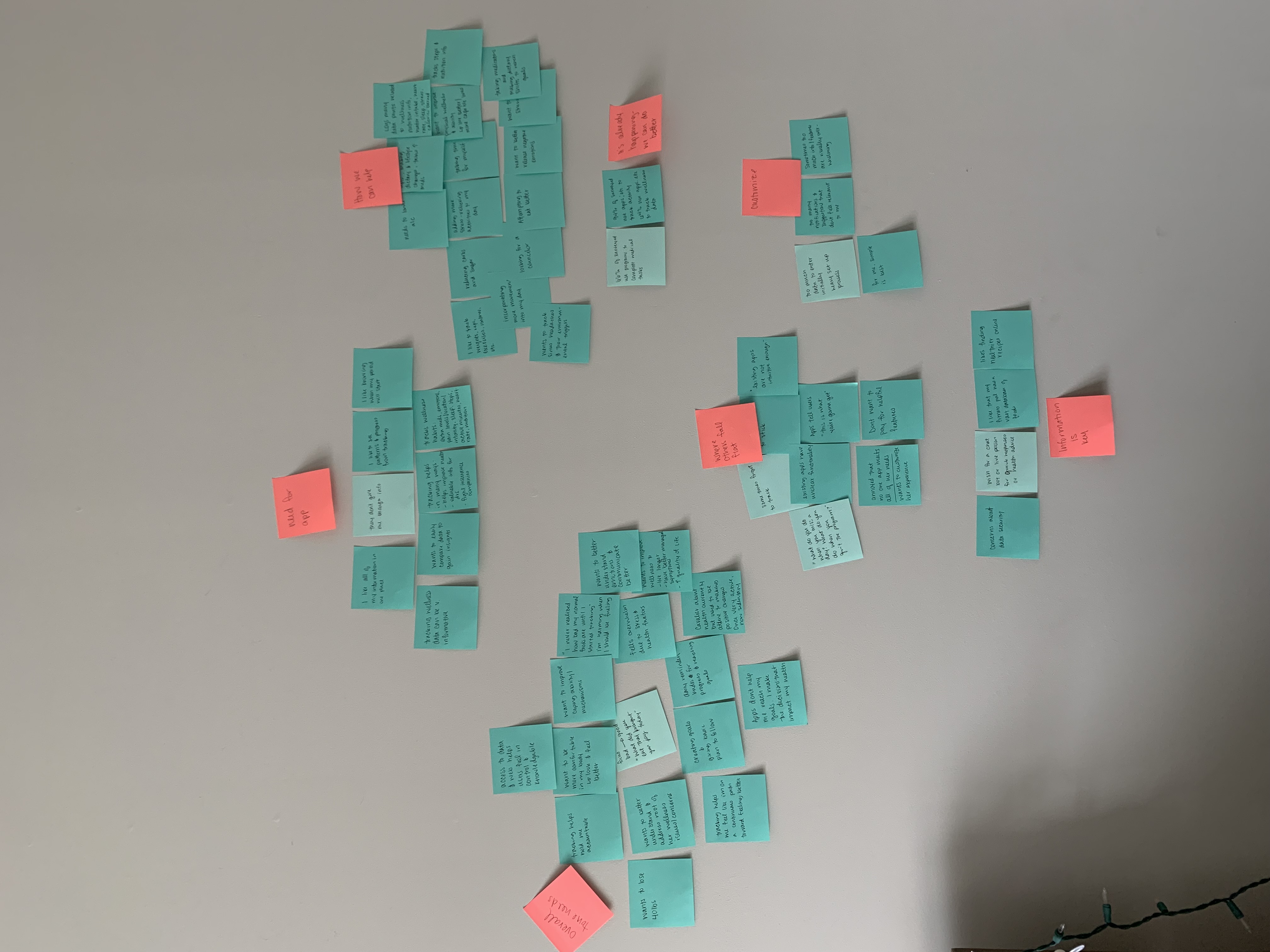
Using insights from my evaluative research, I further defined my user groups and main use cases. While better understanding and managing one's health applies to most humans, data collected by my application would be for those over the age of 18.
From there, I consolidated my use cases into those with health conditions that could be better managed with the help of a more holistic solution and those that wish to improve and maintain their health and wellness more generally.
Using the data and insights gathered, I distilled my core functionalities and translated common user flows and journey maps to inform the Information Architecture of the application. Ultimately, I designed and refined a comprehensive and intuitive sitemap based on user needs and mental models derived from an open card sort.




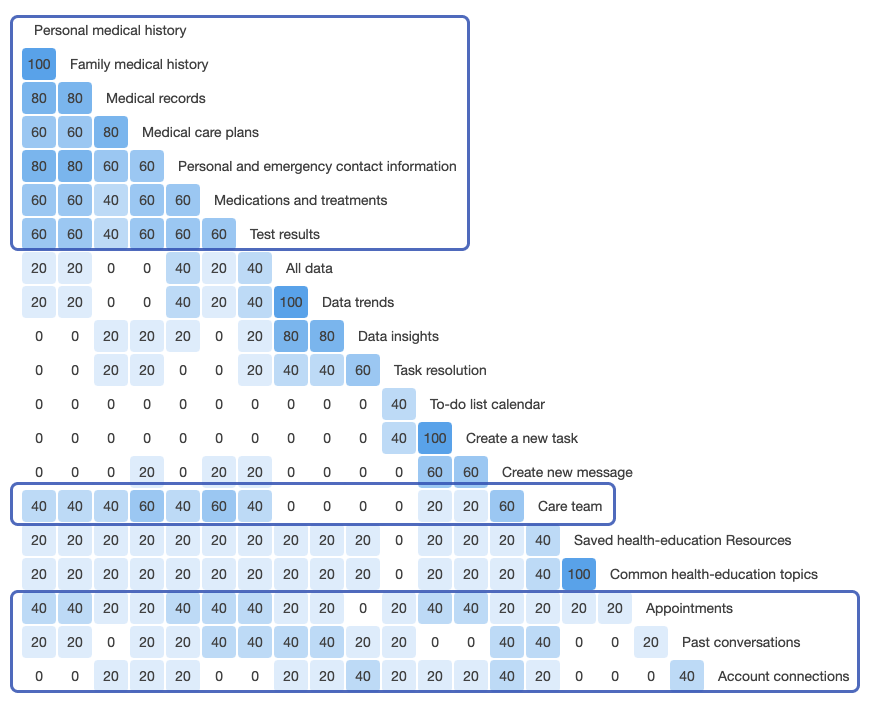
.png)
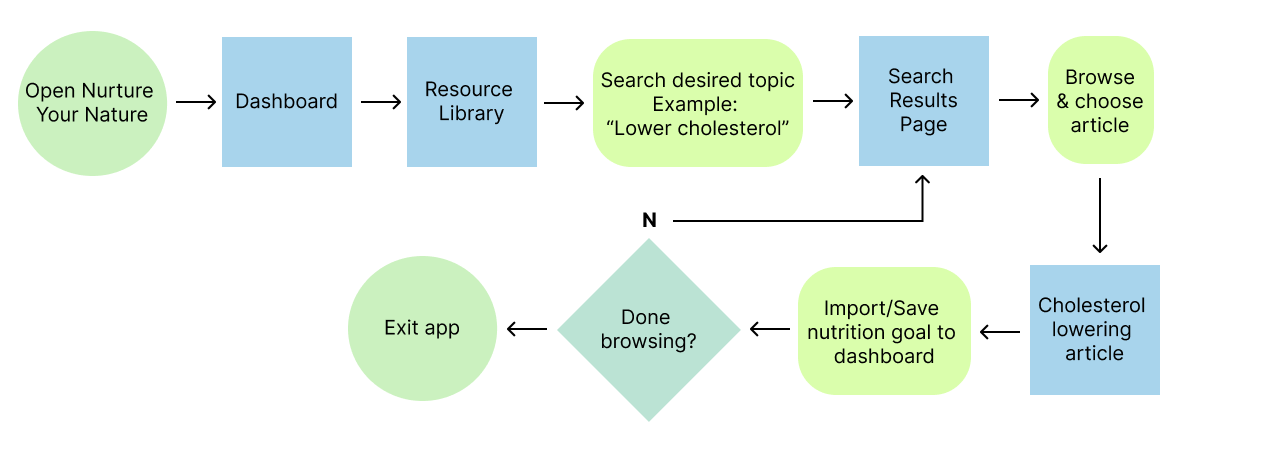
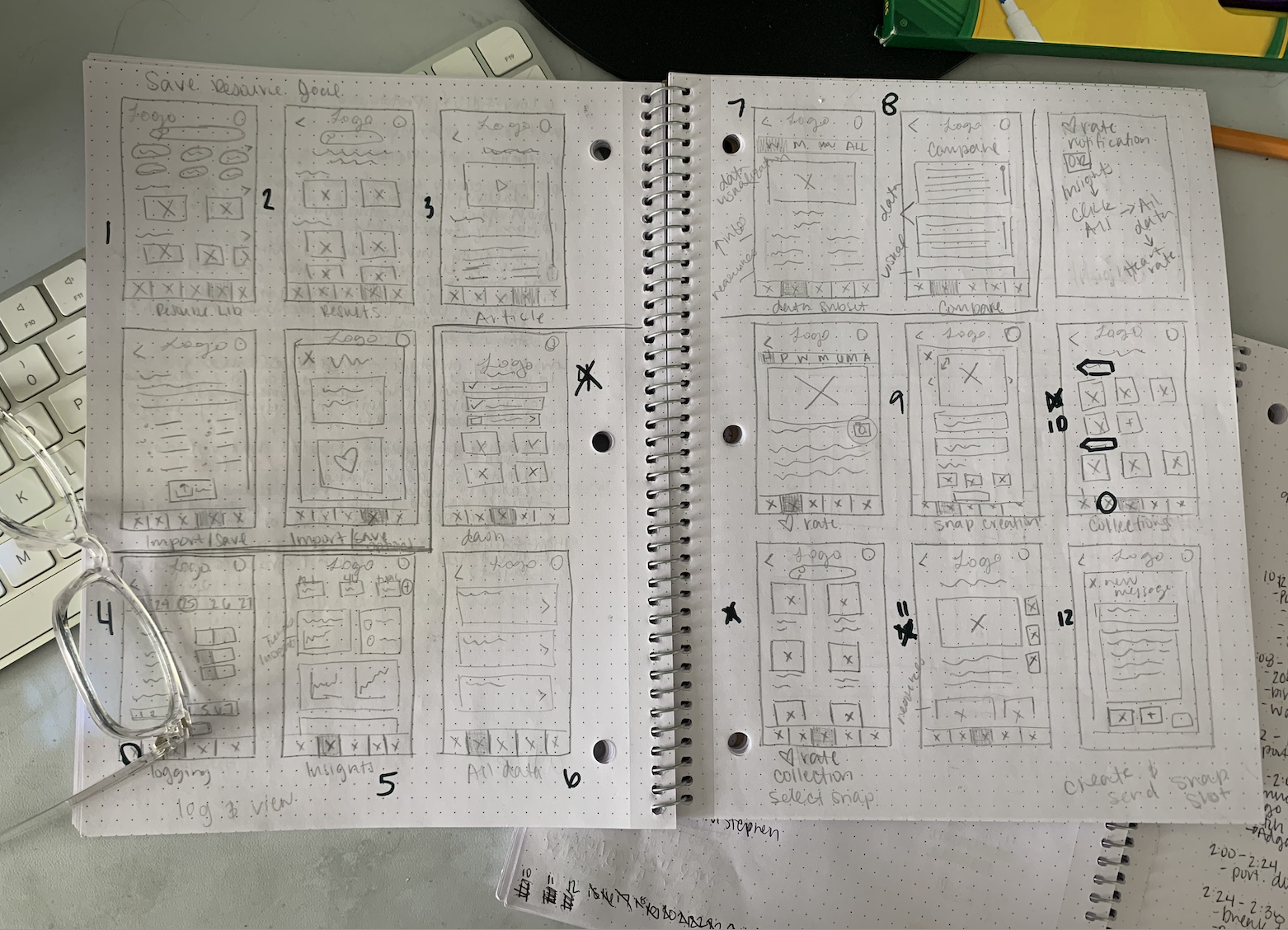

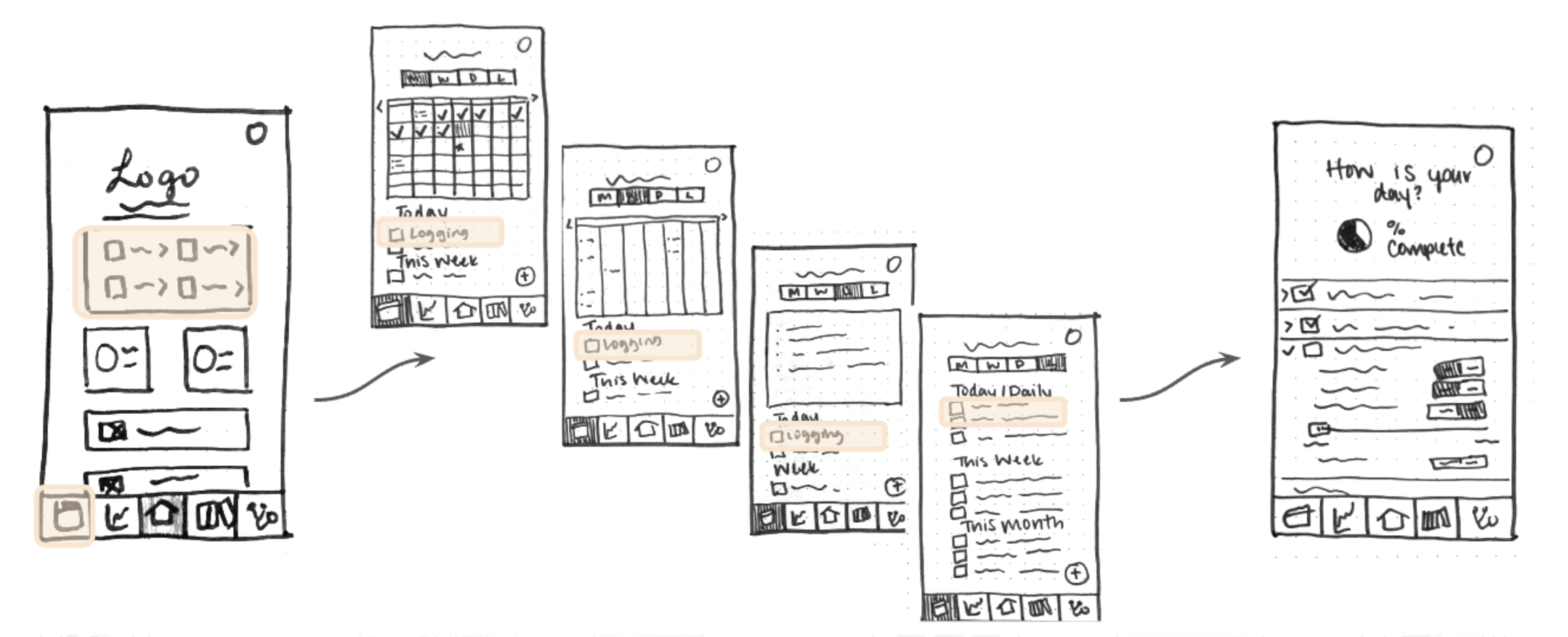
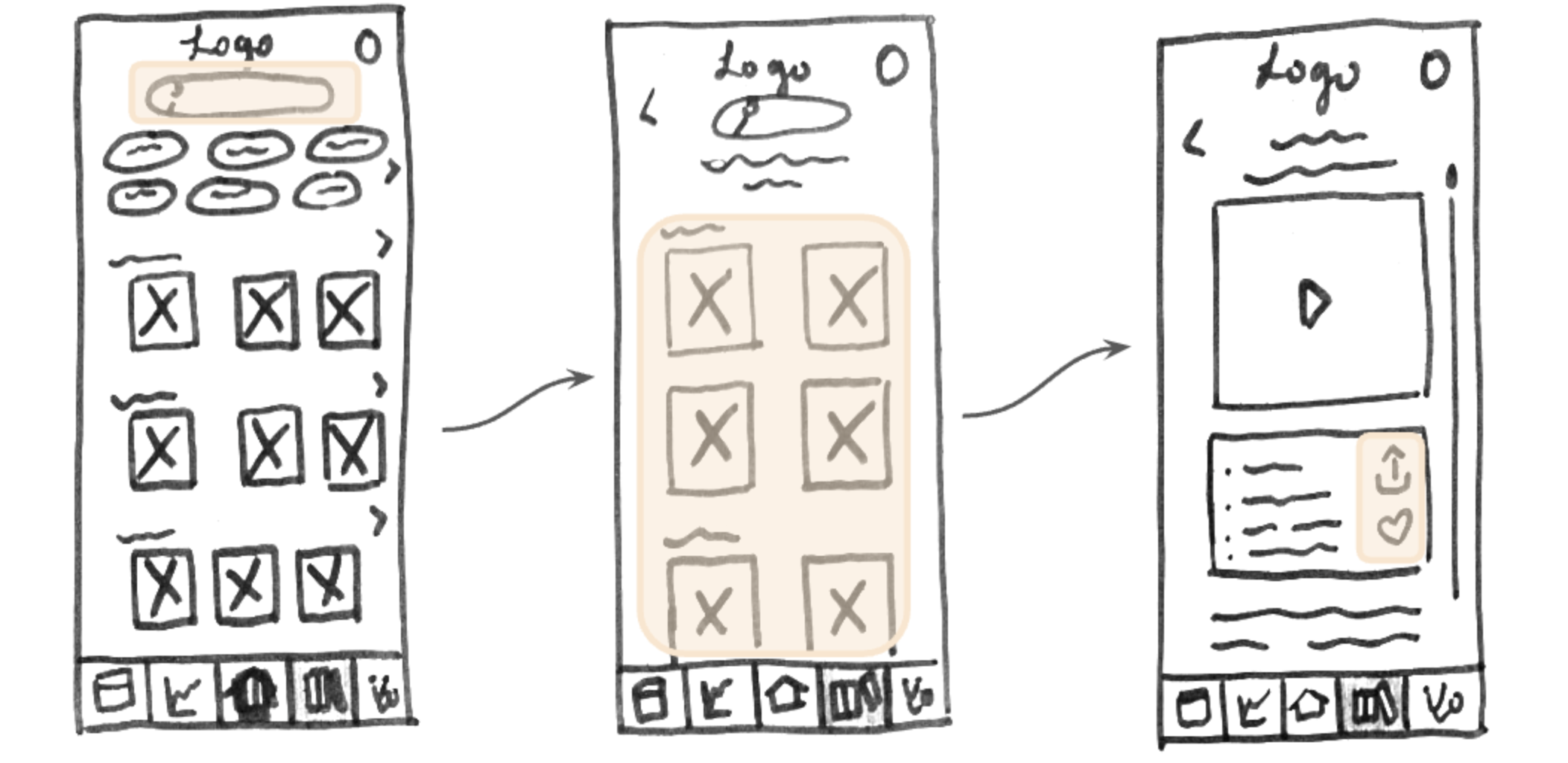
Moving forward, I used the iterative design methodology to design and refine the platform. I aimed to create a more seamless and intuitive user experience with each iteration.
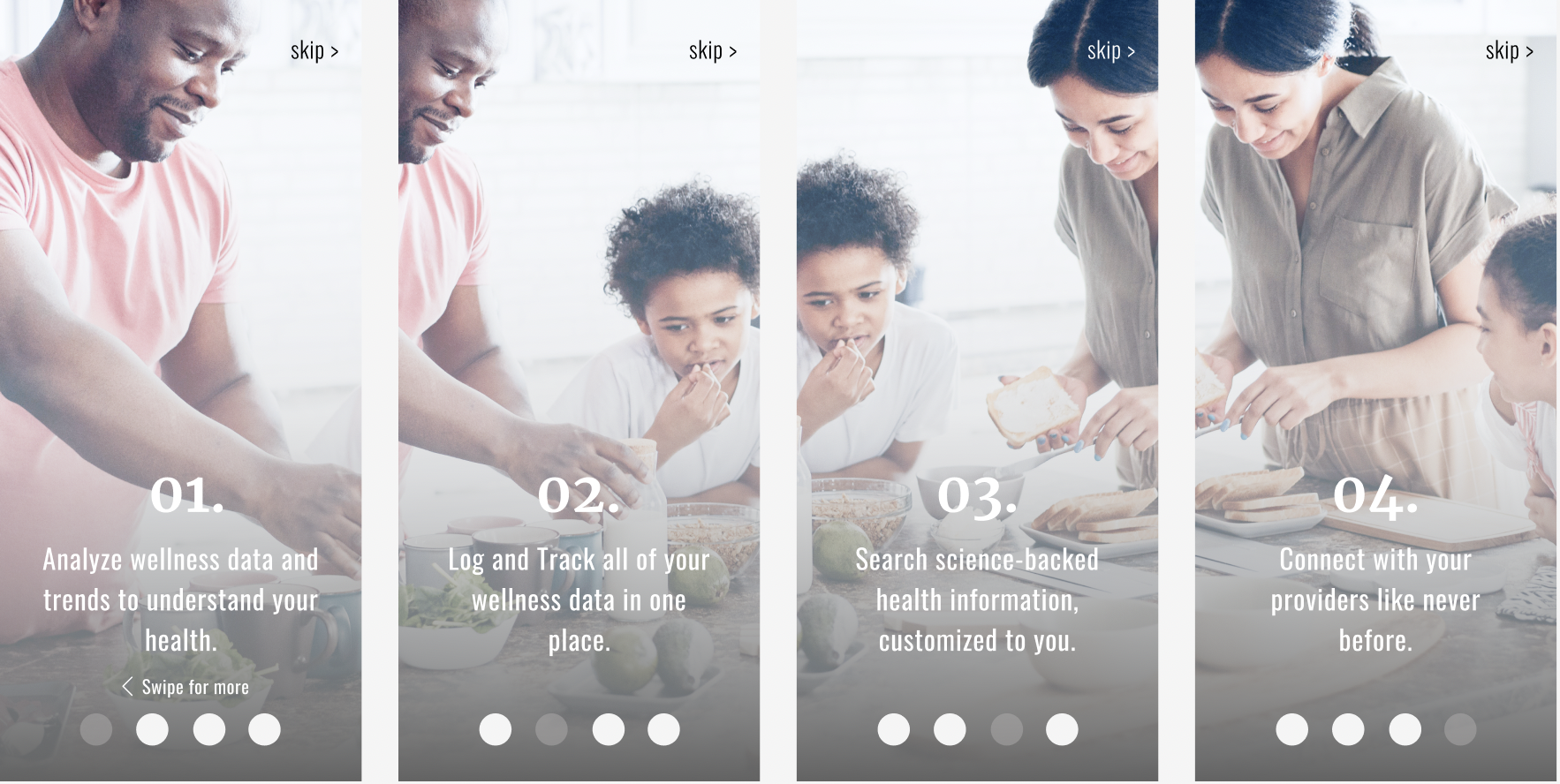
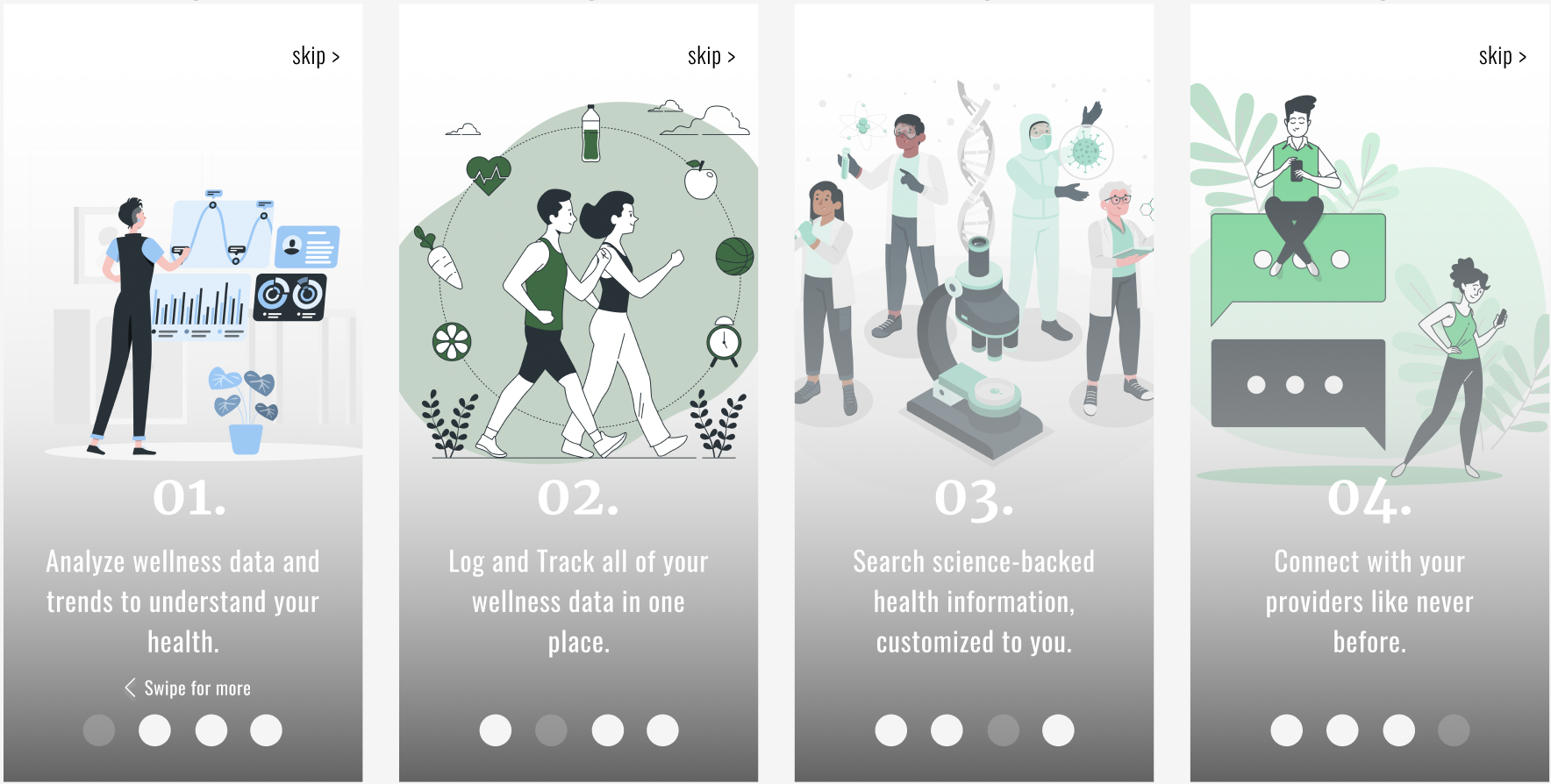
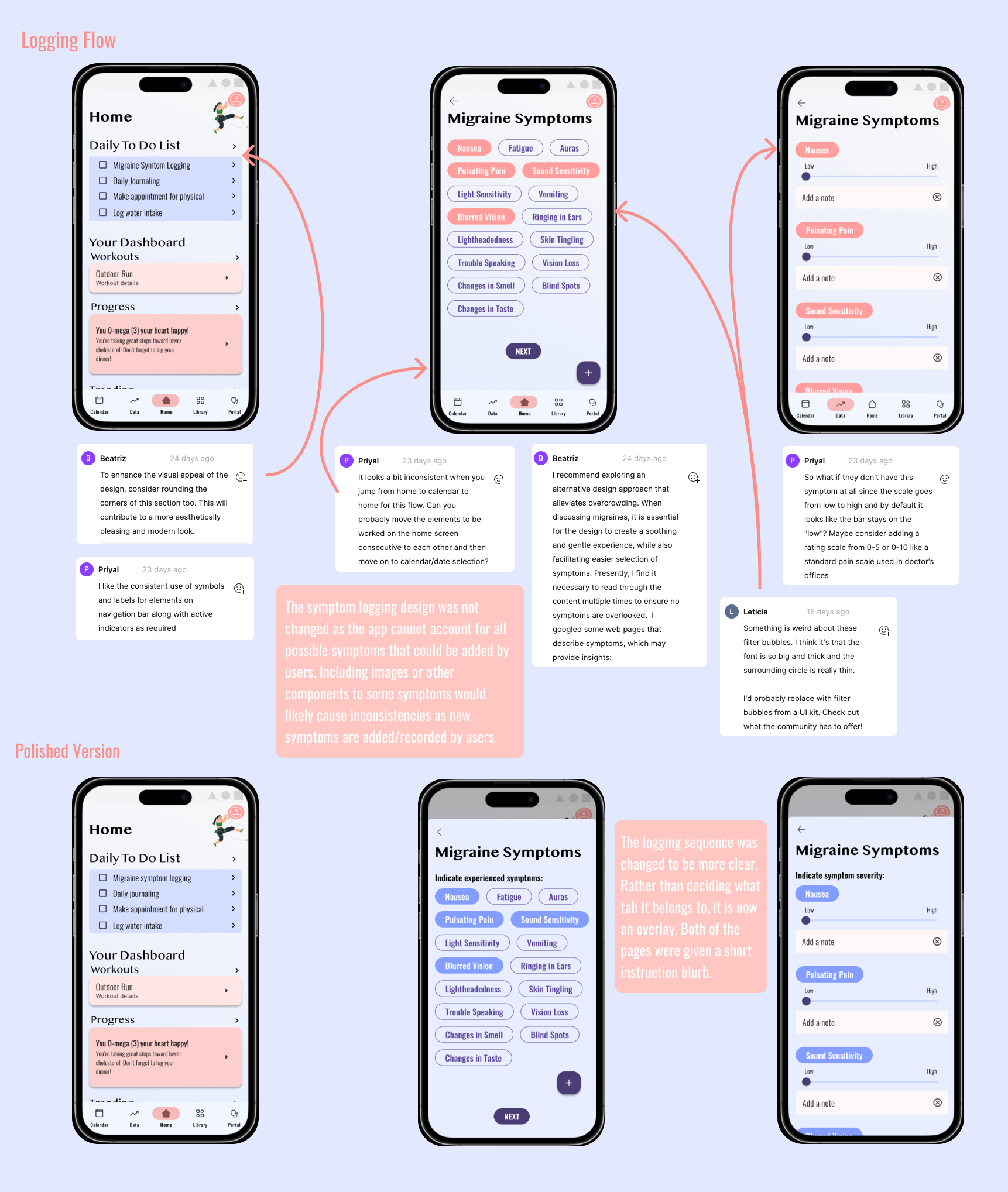 All design & feedback considerations
All design & feedback considerations 
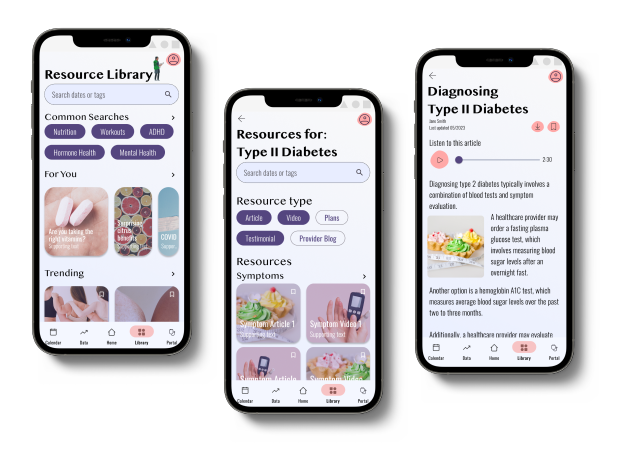
This project remains undeveloped. However, I have a number of hypotheses for improvement and hypothetical measures for success.
Success, in terms of this kind of project, would look like large-scale adoption (use and connections to applications and accounts), user loyalty (sustained use of the application), and users better managing and understanding their health and wellness (less quantifiable, aside from completing health management tasks). To ensure these outcomes I made a number of design decisions:
The app would be able to integrate seamlessly into the lives of users, via syncing ability with a wide range of other health apps, wearables, accounts, etc.
I also hypothesize that the inclusion of AI would poise Nurture Your Nature for lasting relevancy, success, and improved user experience. I propose the use of AI for data and trend analysis, helping users set goals, identify actionable steps, and as a chat-bot that can be used to ask health and wellness-related questions.
I would test this hypothesis via the following steps. First, user research would be conducted to better understand the views and opinions about AI from the intended user base. As the app would be built with privacy and security at its center, user trust would be reassured by the ability to opt in or out of the AI features in the application. User opt-ins as well as adoption of these features would indicate success.
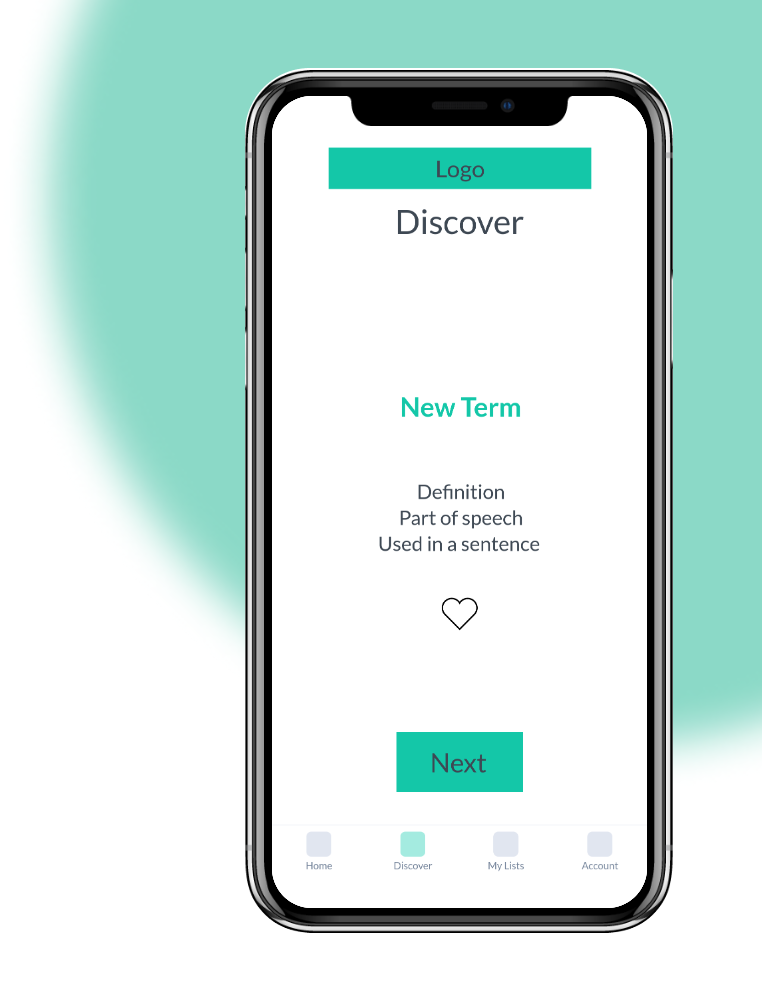
Our health is impacted by nearly every decision we make. With so many opinions, facts, and resources available, it's hard to know if we are making the best decisions for our well-being. This can lead to confusion, unclear goals, frustration, and overwhelm when managing our health.
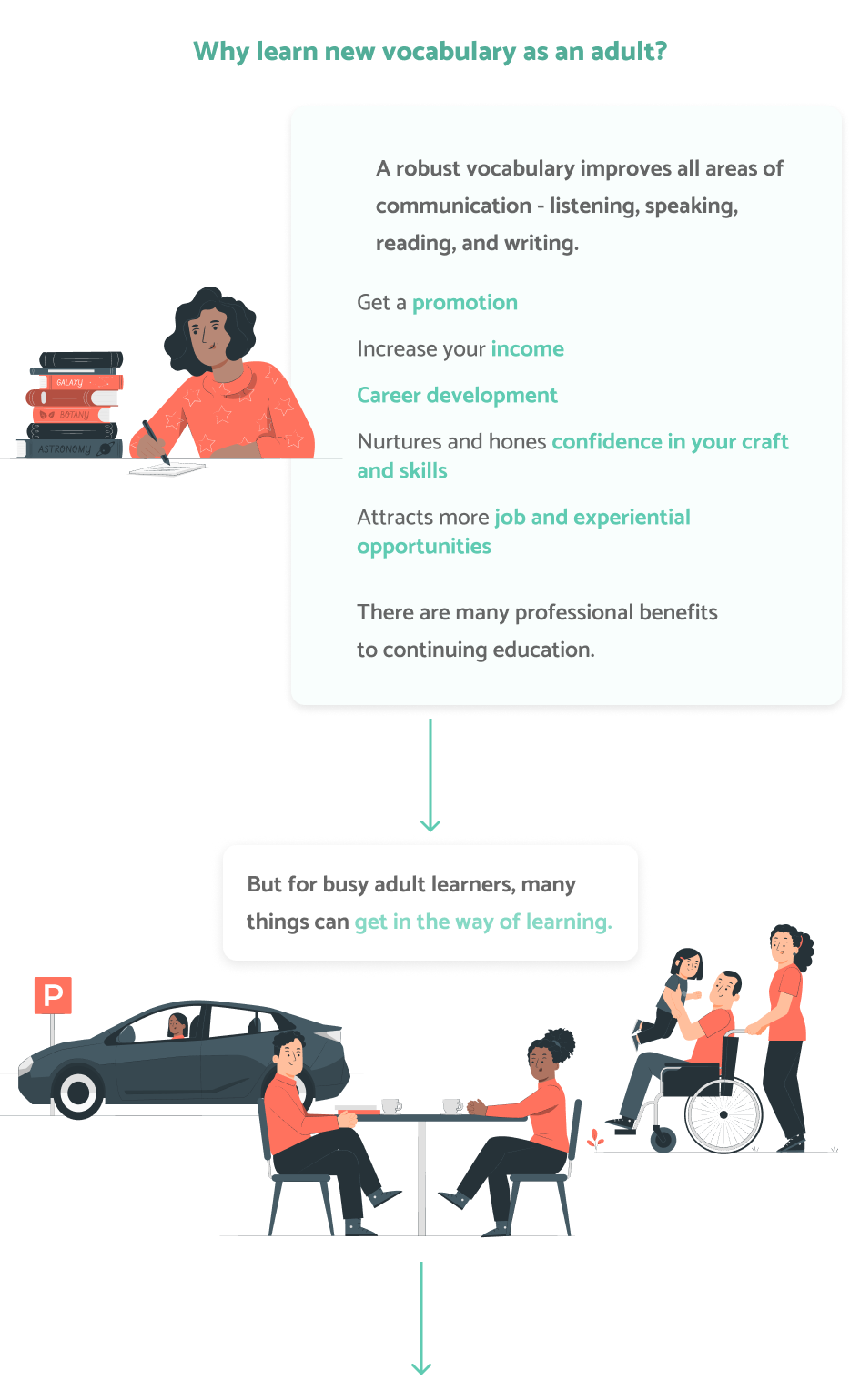
I designed Nurture Your Nature, a responsive web app solution for users to track, understand, and manage every aspect of their health and wellness in one place. Users can customize and connect the app to track and log all of their health data, better understand their data via trends and insights, learn more about health and wellness topics through the in-app resource library, and manage their health by completing healthcare tasks through the app's portal connection.

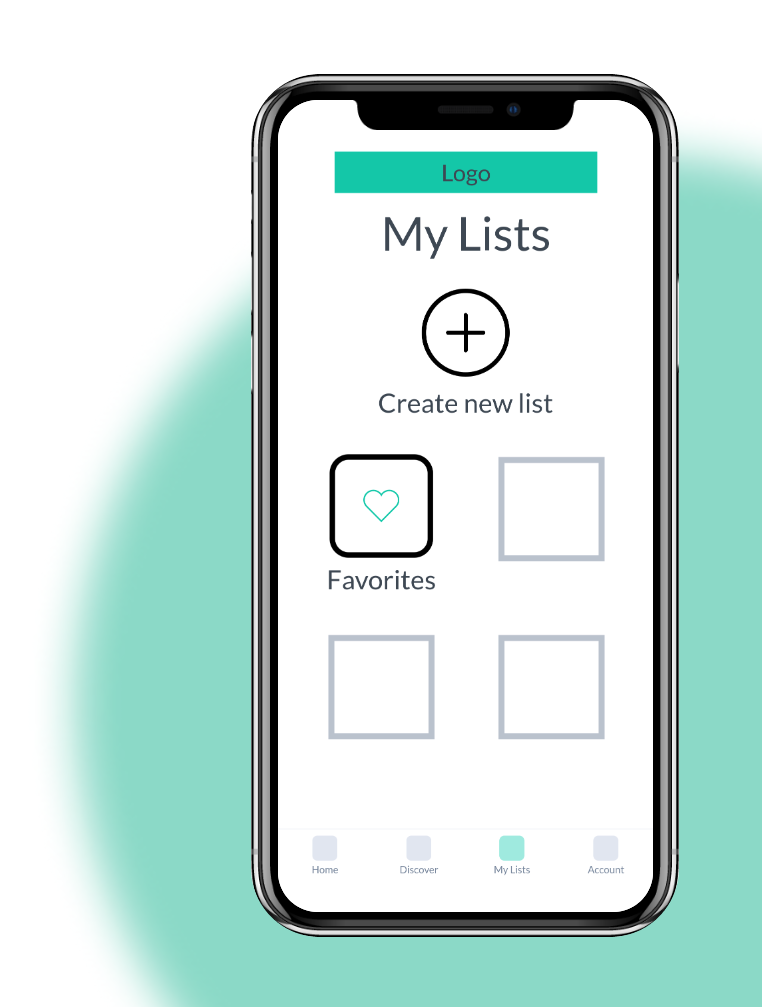
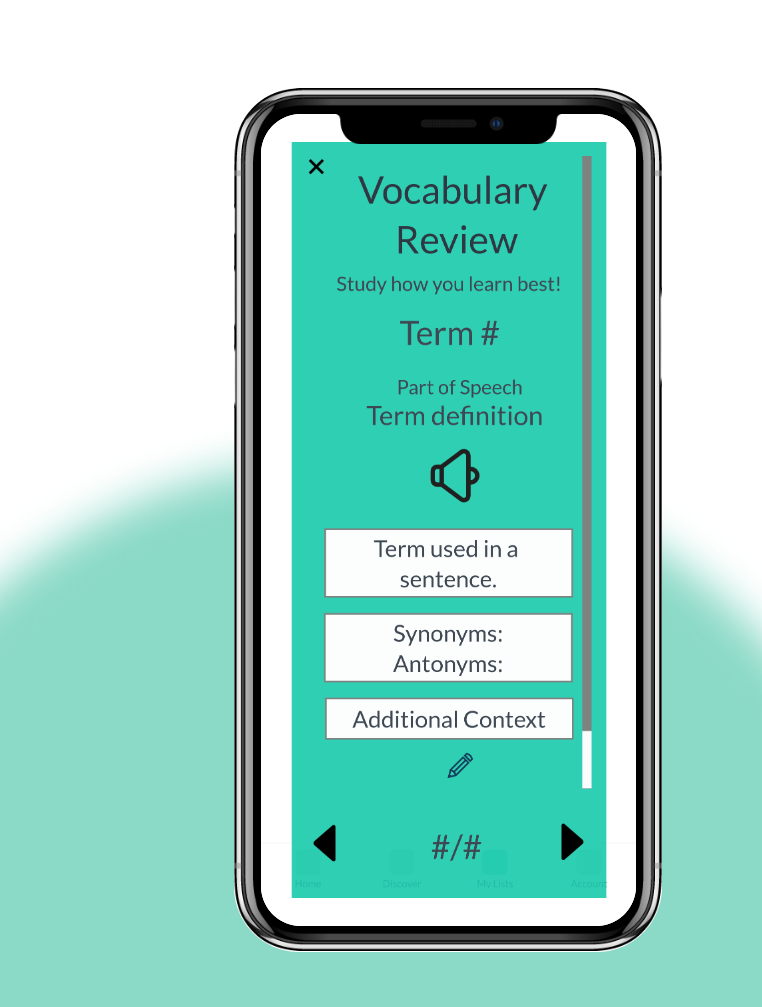
Competition is high in the wellness space. However, there is no one solution for tracking all data, analyzing data trends, learning from reliable, science-backed resources, and completing medical care-related tasks. To identify existing gaps in the health and wellness solution space, I completed a competitive analysis of 4 well-known applications, their functionality, their SWOTs, and their User Experience.


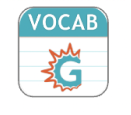
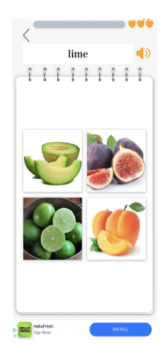
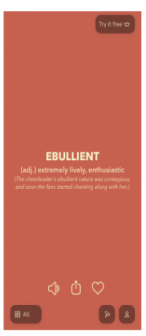
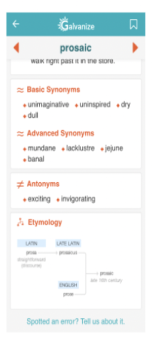
To deeply understand who I would be designing for, I engaged in exploratory research via surveys and interviews. I carefully formulated questions to uncover behaviors, thoughts, and feelings surrounding the following questions and goals:
 Interview script, notes, & summary
Interview script, notes, & summaryUsing insights from my evaluative research, I further defined my user groups and main use cases. While better understanding and managing one's health applies to most humans, data collected by my application would be for those over the age of 18.
From there, I consolidated my use cases into those with health conditions that could be better managed with the help of a more holistic solution and those that wish to improve and maintain their health and wellness more generally.
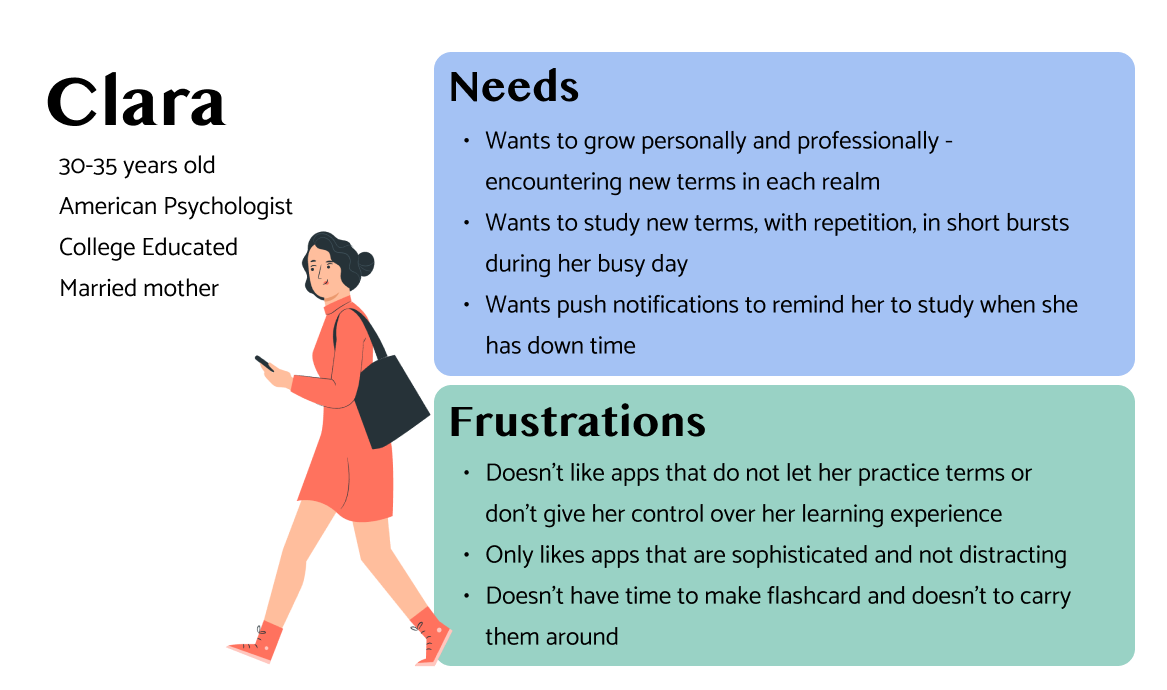 See full persona
See full personaUsing the data and insights gathered, I distilled my core functionalities and translated common user flows and journey maps to inform the Information Architecture of the application. Ultimately, I designed and refined a comprehensive and intuitive sitemap based on user needs and mental models derived from an open card sort.



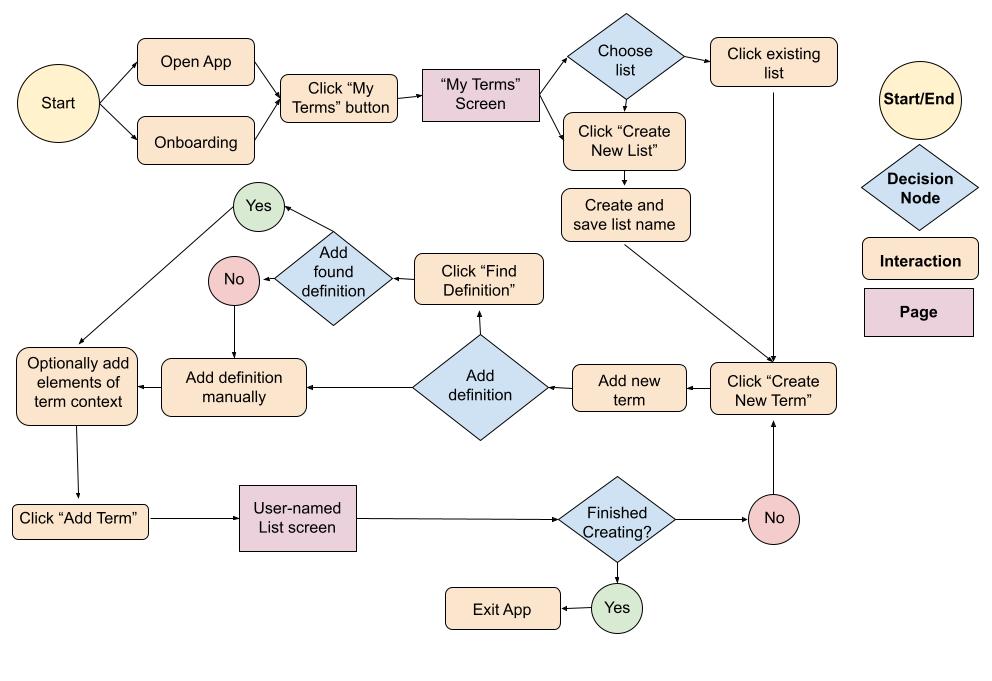
.jpg)
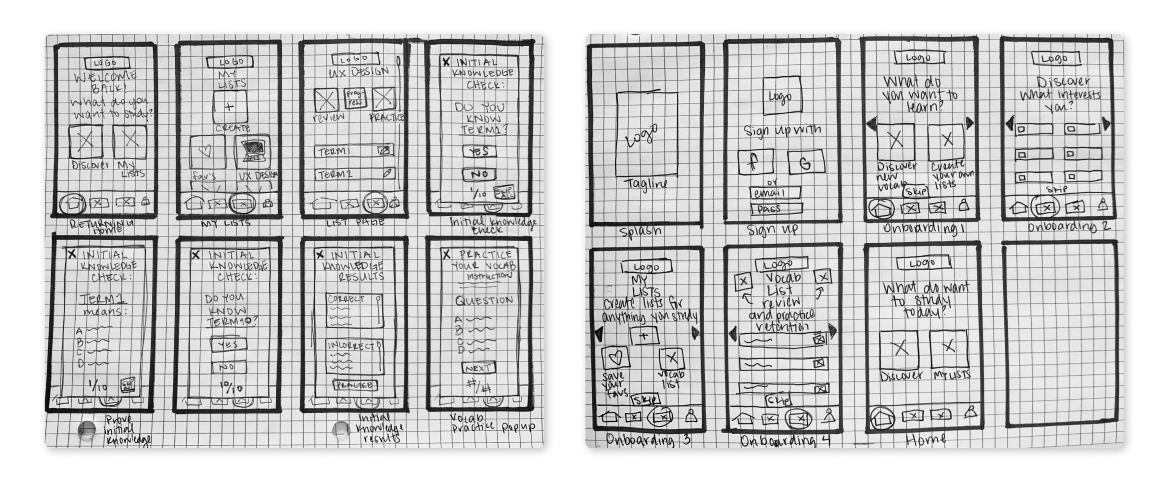
Moving forward, I used the iterative design methodology to design and refine the platform. I aimed to create a more seamless and intuitive user experience with each iteration.
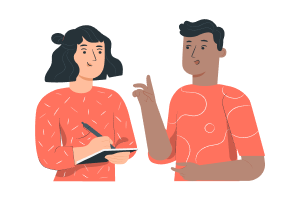
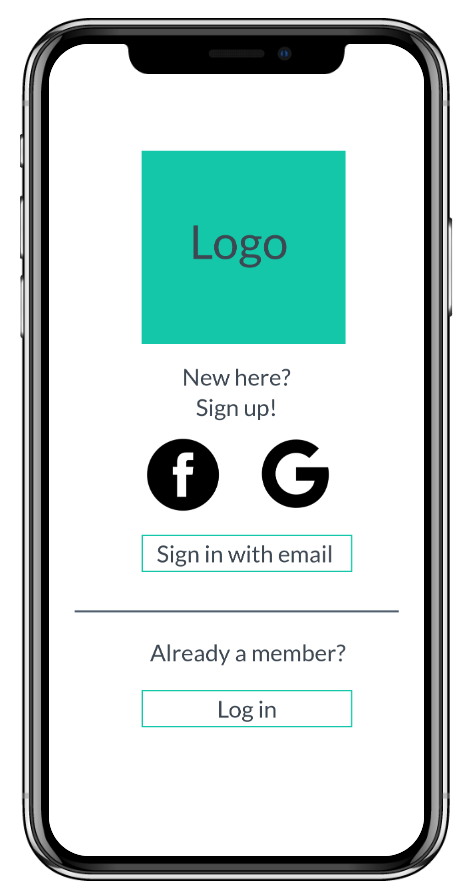


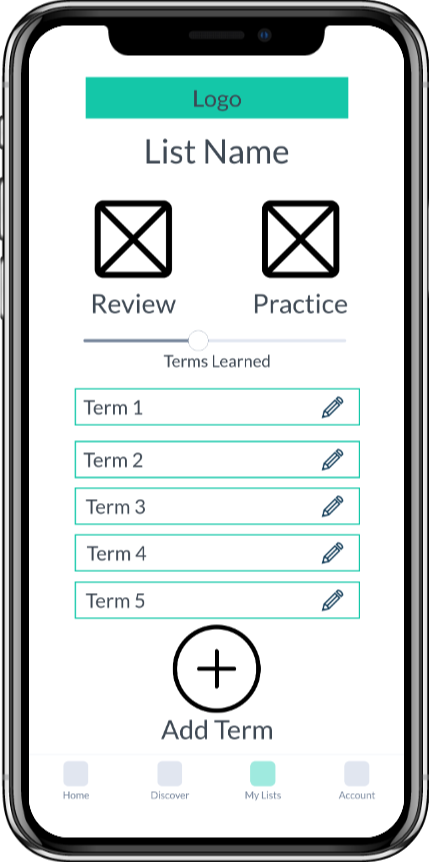


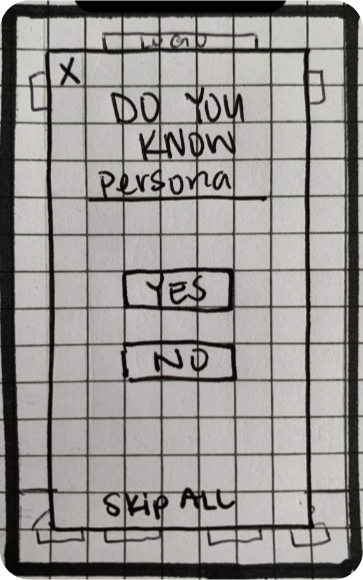
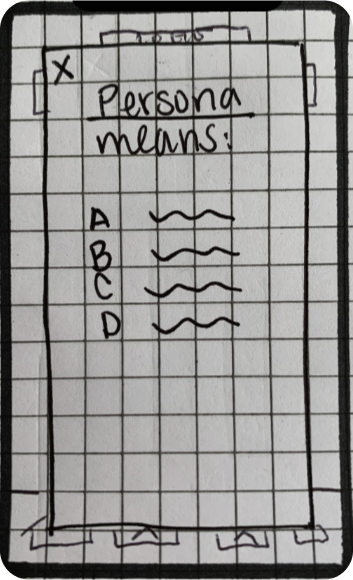
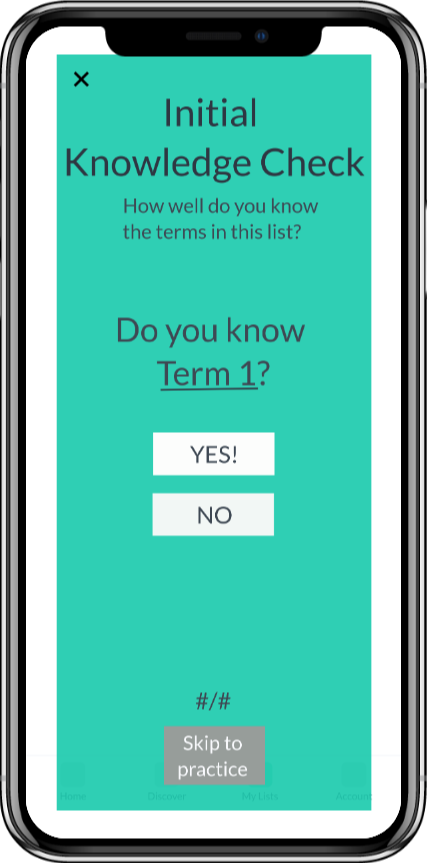
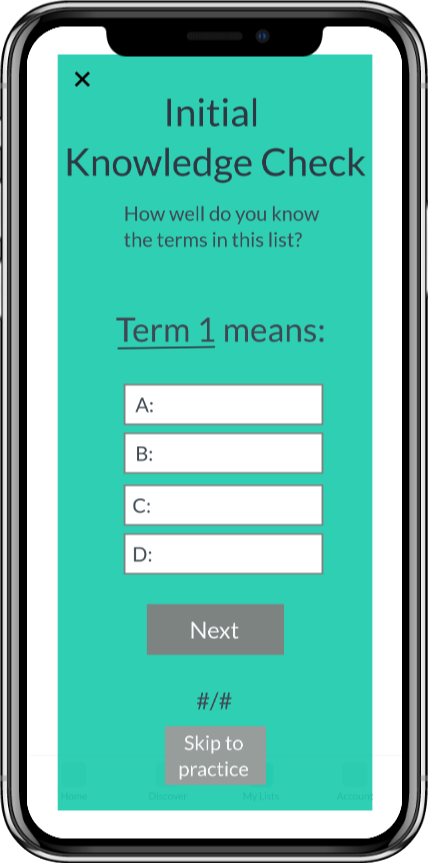
This project remains undeveloped. However, I have a number of hypotheses for improvement and hypothetical measures for success.
Success, in terms of this kind of project, would look like large-scale adoption (use and connections to applications and accounts), user loyalty (sustained use of the application), and users better managing and understanding their health and wellness (less quantifiable, aside from completing health management tasks). To ensure these outcomes I made a number of design decisions:
The app would be able to integrate seamlessly into the lives of users, via syncing ability with a wide range of other health apps, wearables, accounts, etc.
I also hypothesize that the inclusion of AI would poise Nurture Your Nature for lasting relevancy, success, and improved user experience. I propose the use of AI for data and trend analysis, helping users set goals, identify actionable steps, and as a chat-bot that can be used to ask health and wellness-related questions.
I would test this hypothesis via the following steps. First, user research would be conducted to better understand the views and opinions about AI from the intended user base. As the app would be built with privacy and security at its center, user trust would be reassured by the ability to opt in or out of the AI features in the application. User opt-ins as well as adoption of these features would indicate success.
